Despite the fact that the Washington Monument is the oldest, the tallest, and the most obvious of Washington D.C.’s many iconic structures, the Lincoln Memorial will always be the most famous building on the National Mall. It was from the steps of the Lincoln Memorial that Martin Luther King announced to the world that “He had a Dream,” and those same steps have seen countless other demonstrations in the years that followed, a sad testament to the elusive nature of the Universal Civil Rights that both President Lincoln and Dr. King fought to secure, an ongoing struggle that brought them both to the same tragic end. The Lincoln Memorial appears on the back side of both the five dollar bill and the penny, and it’s been featured in dozens if not hundreds of Hollywood movies, from Mr. Smith goes to Washington to Planet of the Apes (the remake).
Just like the Jefferson Memorial, this is a building that has no practical functional purpose, other than to serve as a permanent monument to a great man and his ideals. Modeled on the Parthenon in Athens, it stands on a low hill, built on land reclaimed from a tidewater swamp, in line with the spire of the Washington Monument and the dome of the U.S. Capitol. The Potomac River flows behind it, and the narrow rectangle of parkland known as the National Mall rolls out from the base of those famous steps.
As a subject for photographers, the Lincoln Memorial is as straightforward as it gets. The slightly elevated position gives you a clear line of sight from every vantage point, with a multitude of options for interesting compositions. During the day, there will be people, people, and more people up and down those marble steps, busiest in spring and summer, but never entirely free of curious tourists. If you want to shoot the Lincoln with minimal crowds, you’ll need to be there during the Golden Hour. The building faces east, so at sunset, the front of the monument will be in shadow, with an overly bright sky behind. That can still be interesting, and if you can hang out until dark, the lights come on to illuminate the monument from within.
The very best time to shoot the Lincoln is at sunrise, because that’s when the light is best, and the crowds are the least obtrusive. I like to call this approach “Dawn Patrol.” You can read about the basic premise here: Washington D.C., By the Dawn’s Early Light. For the Lincoln, I like to get in place before the sun first pops up behind the eastern horizon, so that I can catch that moment, and the golden light in the sky. The area around the Memorial is still pretty dark, but that’s not a deterrent. Even on the weekend, there WILL be other people there ahead of you.
As the sky lightens, more people appear. Just a few, using the steps of the monument as stadium seats, perfect for watching the sunrise over the mall.
A lone photographer setting up alongside the reflecting pool, with the spire of the Washington Monument dominating the skyline. In the colder months, only the true hard core will be out there this early.
The crowd on the Memorial steps grows bigger as the sunrise progresses, everyone watching the show, and enjoying the morning.
Once the sun clears the top of the Capitol dome, the sunrise is officially over, and the spectators disperse.
This is your window of opportunity! With the sun up and the people gone, you can take uncluttered photos to your hearts content.
Click any of the images below to expand them up to full screen:
(Unless otherwise noted, all of the images in these posts are my original work, and are protected by copyright. They may not be duplicated for commercial purposes.)
If you’re lucky, and your timing is just right, there will be a moment when the magic hour becomes exactly that, and the fluted marble columns reflect the golden light just so, in a manner befitting this temple of our modern democracy.
The slide show below contains a series of photos taken at or near the Lincoln Memorial, including a couple of shots taken from the Iwo Jima Memorial, across the river in Arlington. (The Iwo Jima Memorial affords some stunning photographic opportunities, which will be the subject of a seperate post to this blog, Post title and publication date T.D.B.)
Click any photo in the slideshow to expand the images to full screen, with captions:
This second slideshow has a few photos of the Lincoln Memorial during the day, when the famous landmark is “fully engaged” with the herd of visitors who come crowding in around it, every day of the year. Sometimes there are organized events or demonstrations; two photos in the slideshow below were taken during a protest staged to draw attention to the plight of a group of Nigerian schoolgirls who had just been kidnapped by terrorists. Other photos show Memorial Day crowds, as well as views of Arlington, the busy Washington suburb, as seen from the back side of the monument.
As always, click any photo to expand the images to full screen, and view the captions.
If you’ve enjoyed these photos, don’t be shy–leave a comment!
And check back soon, because there is more of my Dawn Patrol series still to come.
READ MORE LIKE THIS:
This is an interactive Table of Contents. Click the pictures to open the pages.
Washington D.C. for Photographers
Each weekend I’d focus on a different monument, and I’d shoot them from every conceivable angle, before, during, and after the golden hour of the sunrise. Why the weekend? Because, grasshopper, on weekend mornings, there are no commuters, so there is no traffic, no parked cars, no people in the way of your photo shoot!
<<CLICK to Read More!>>
The slightly elevated position of the Lincoln Memorial gives photographers a clear line of sight from every vantage point, with a multitude of options for interesting compositions. But if you want the very best light, and the smallest crowds, you're going to have to get out there at sunrise!
<<CLICK to Read More!>>
As a subject for photographers, the Jefferson has it all: columns and curves, sculpture, carved inscriptions, a dome! The Tidal Basin serves as a reflecting pool, and, for a couple of weeks every spring, the whole business is surrounded by flowering cherry trees.
<<CLICK to Read More!>>
There's nothing like a good road trip. Whether you're flying solo or with your family, on a motorcycle or in an RV, across your state or across the country, the important thing is that you're out there, away from your town, your work, your routine, meeting new people, seeing new sights, building the best kind of memories while living your life to the fullest.
Are you a veteran road tripper who loves grand vistas, or someone who's never done it, but would love to try? Either way, you should consider making the Southwestern U.S. the scene of your own next adventure.
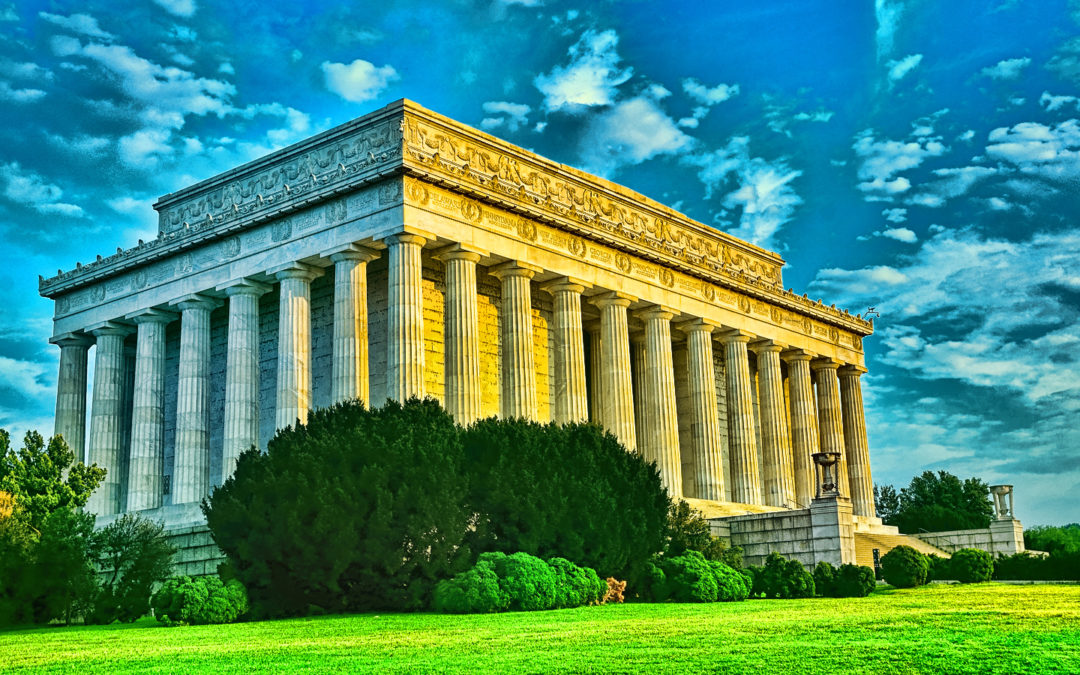
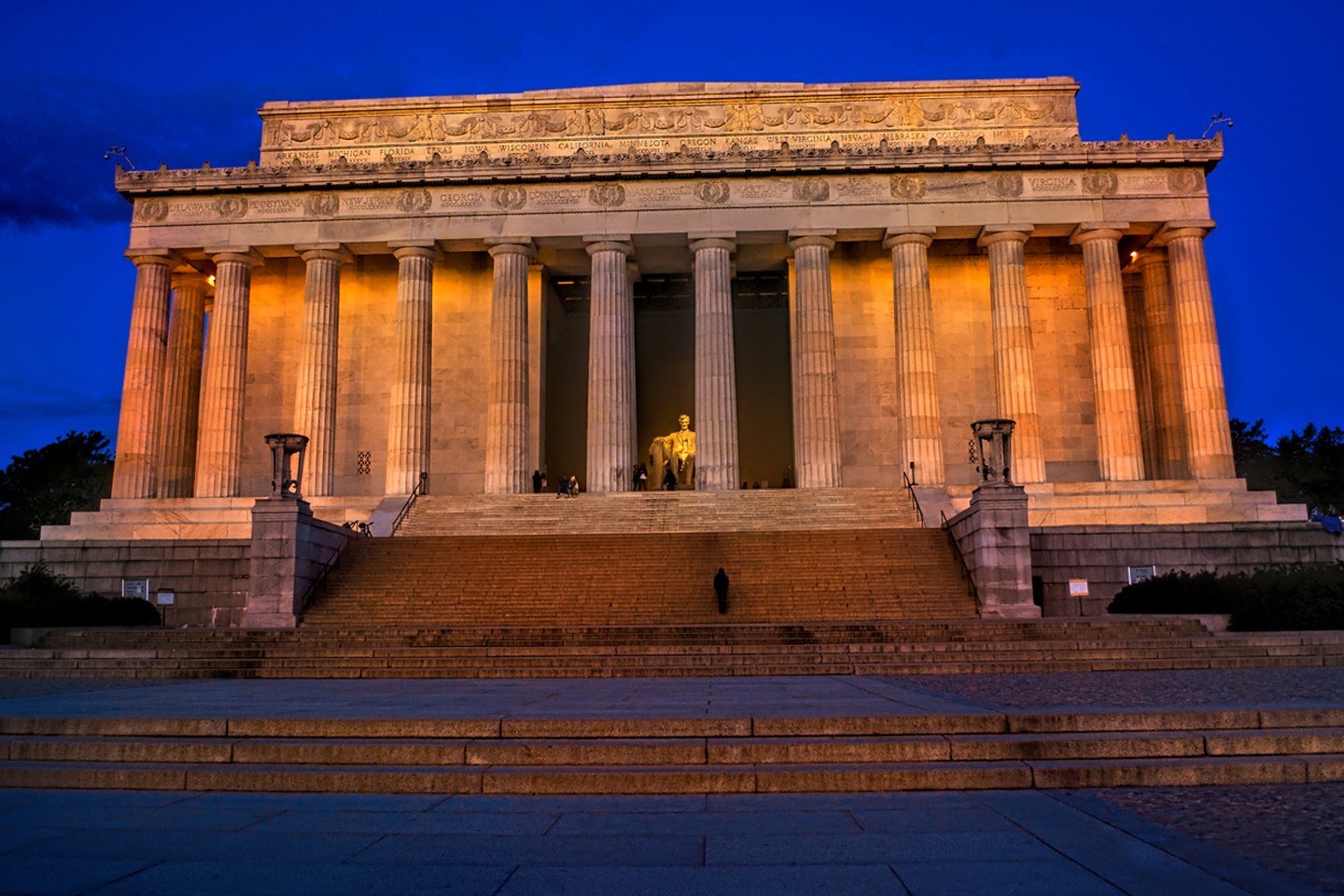
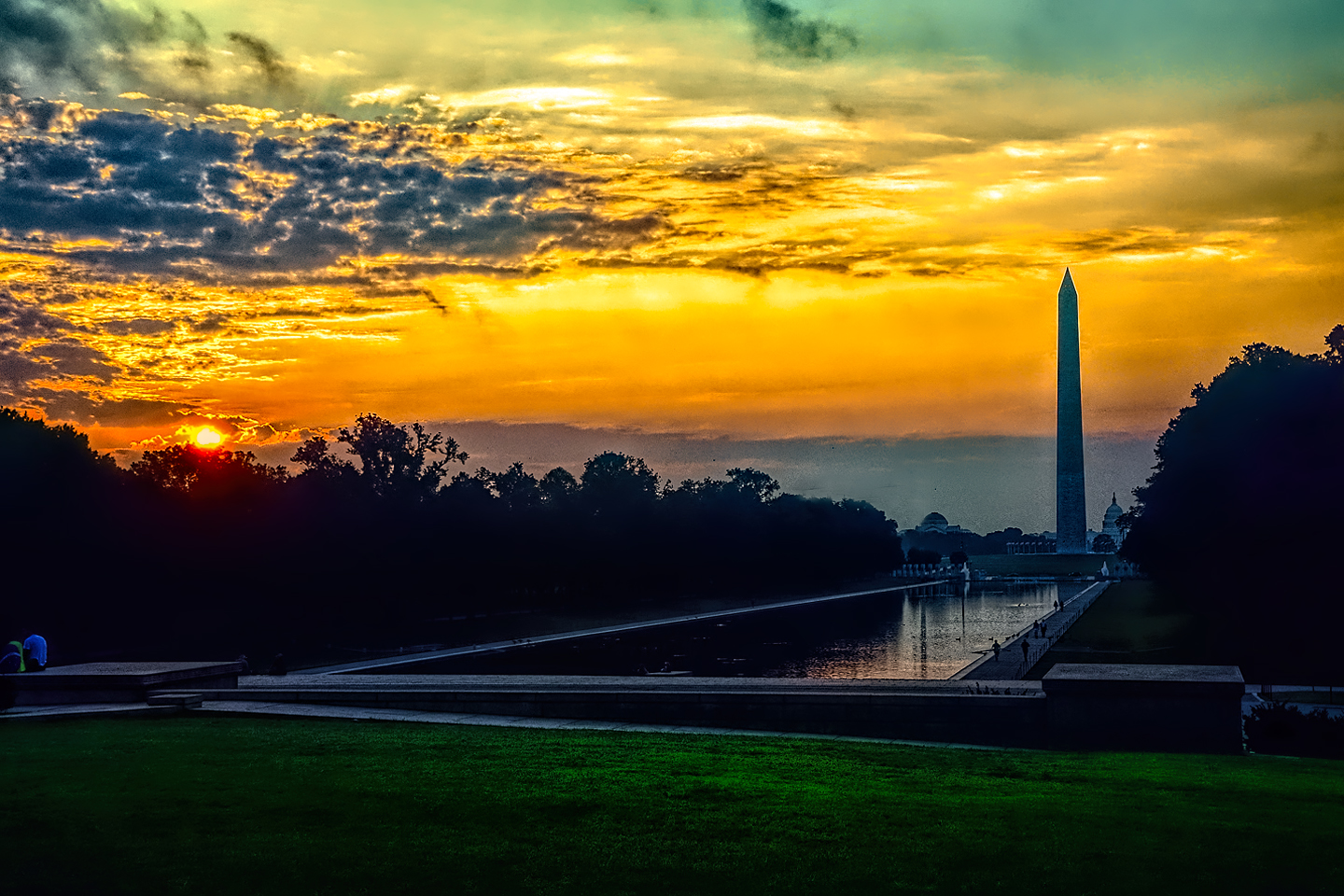
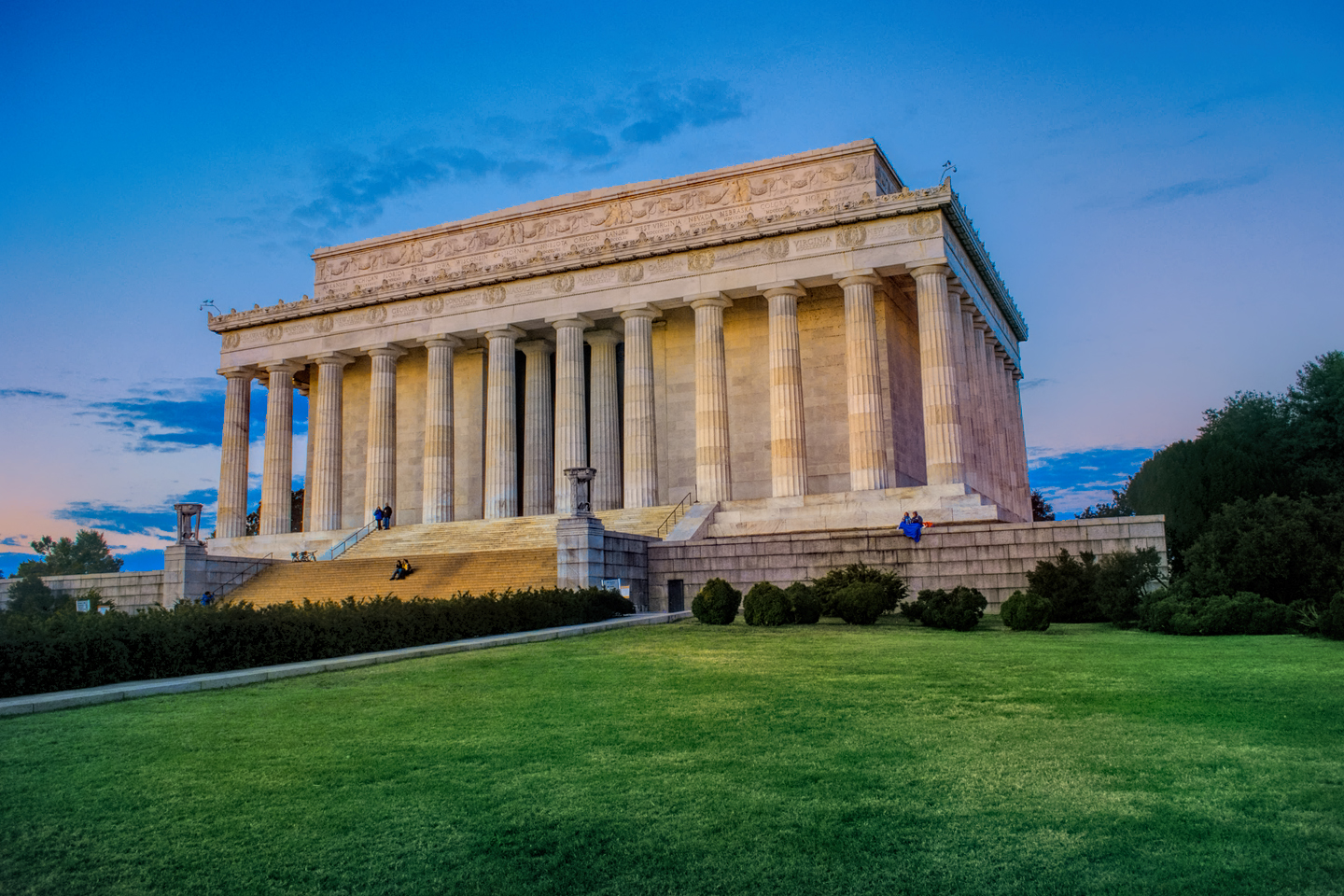
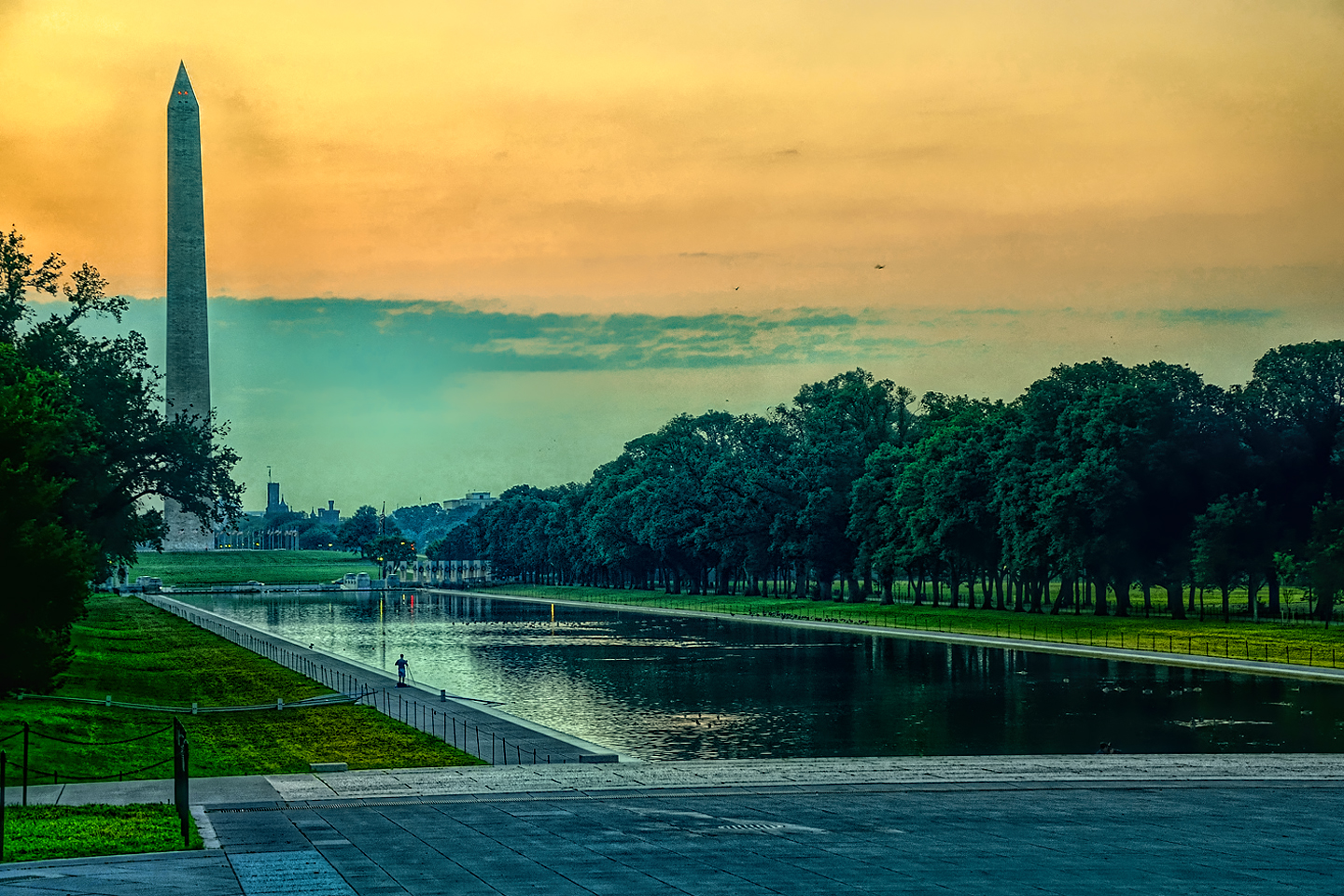
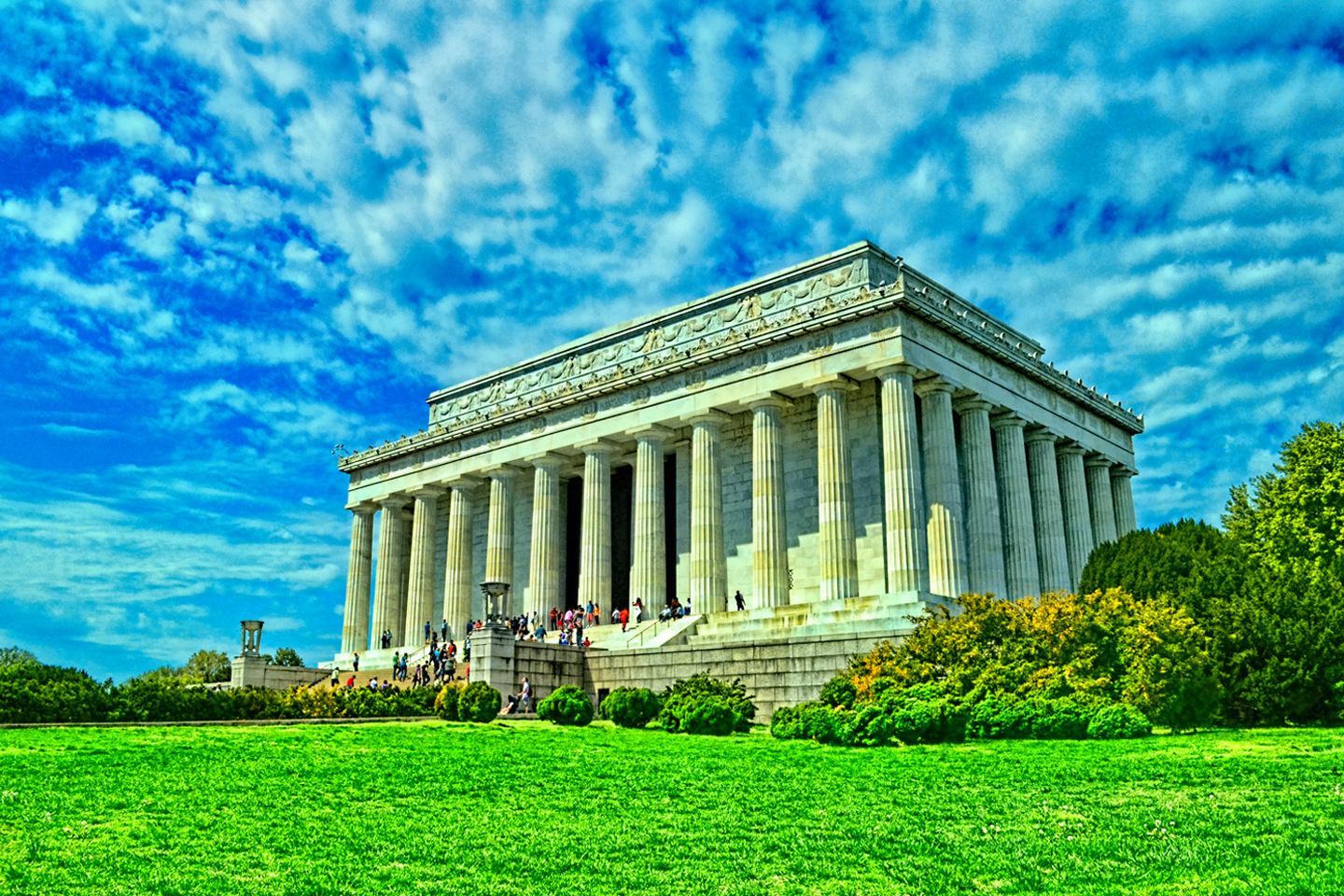
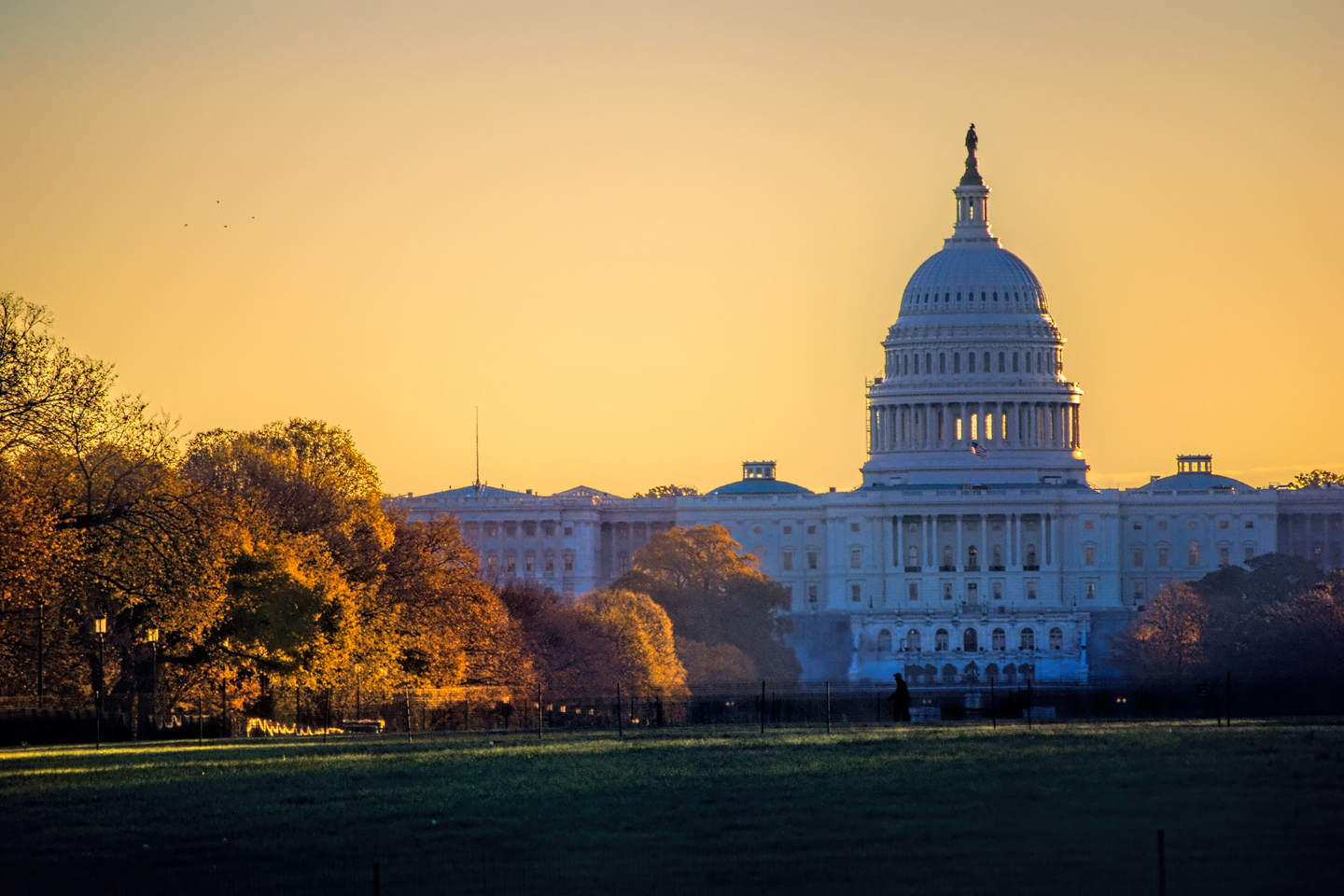
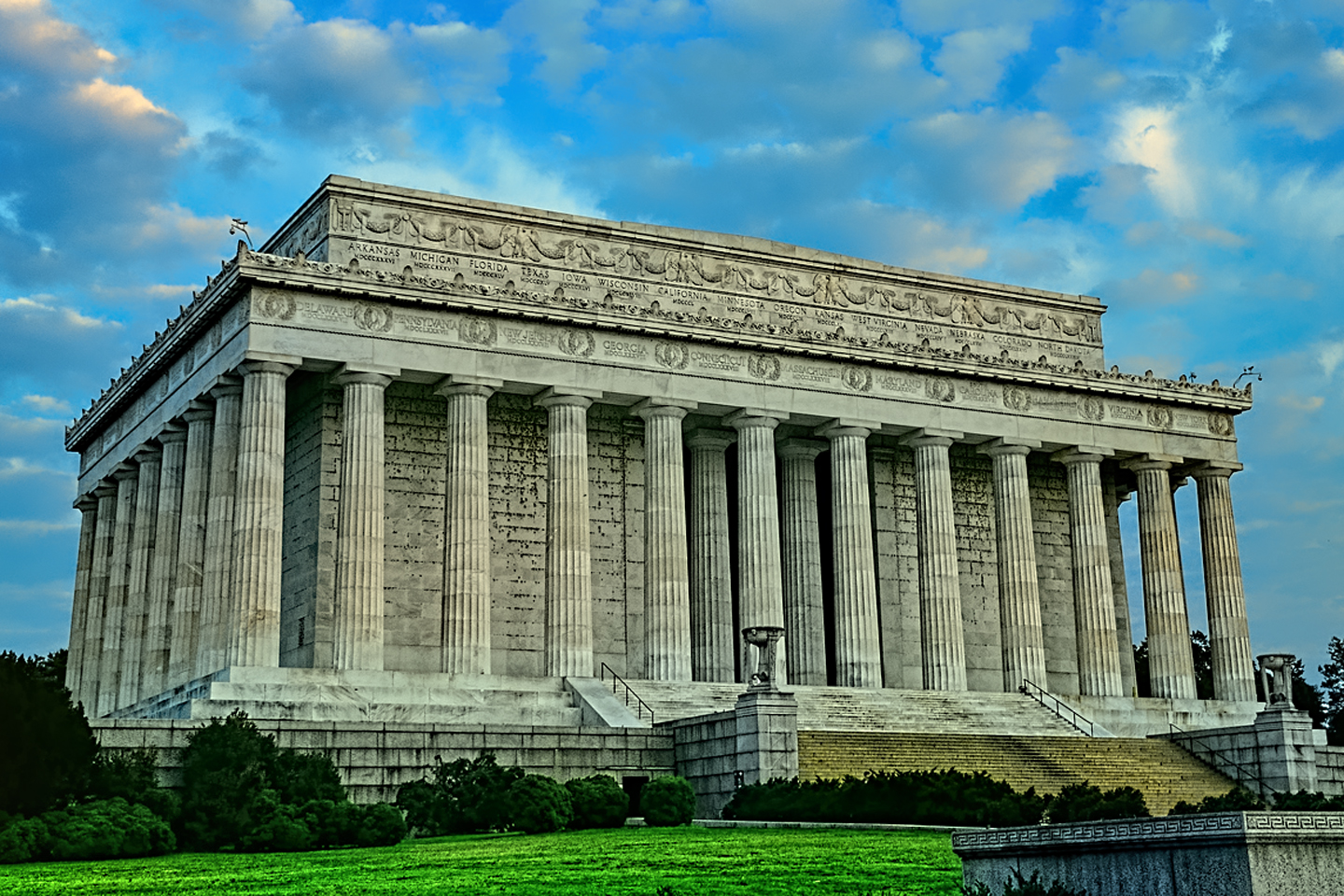
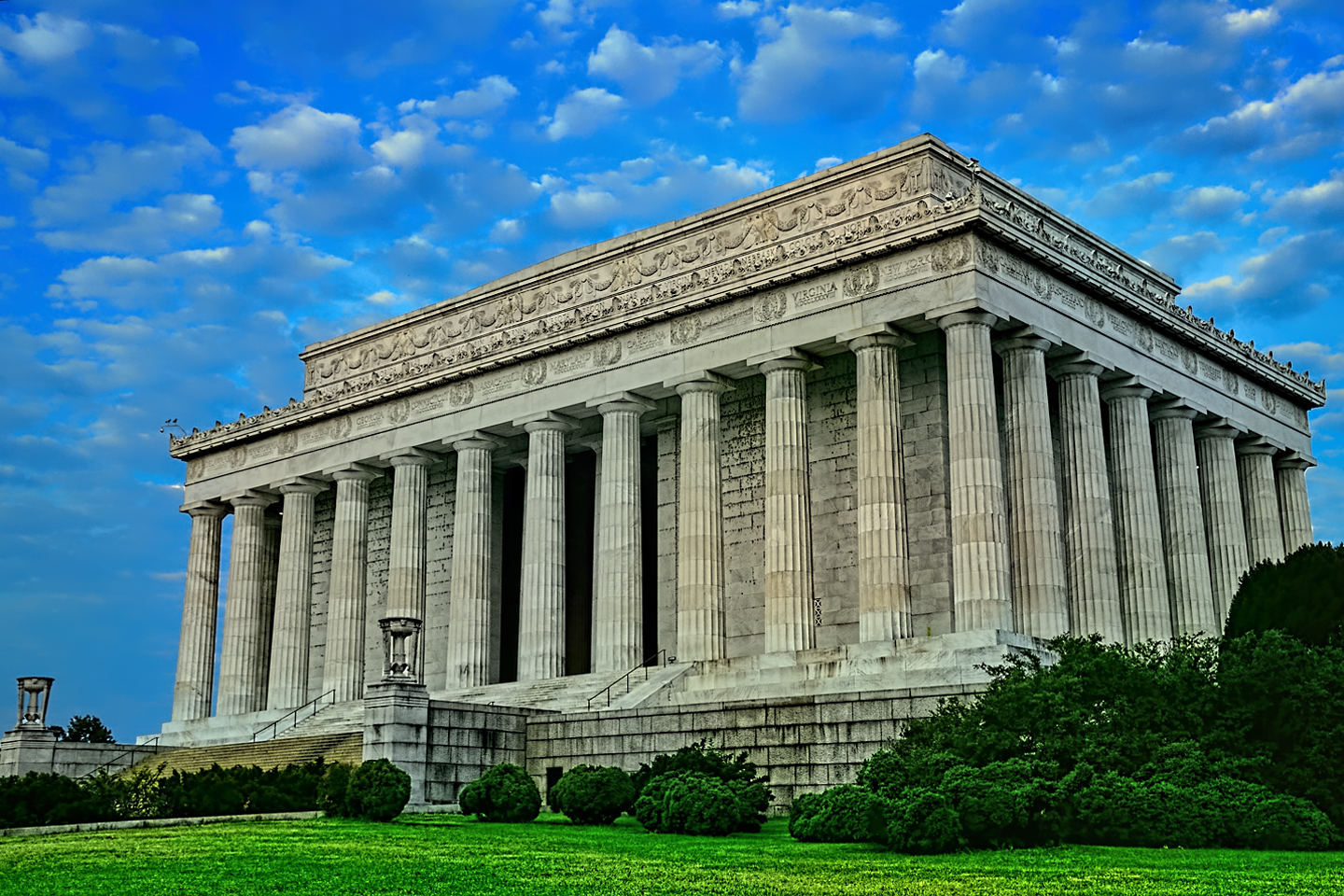
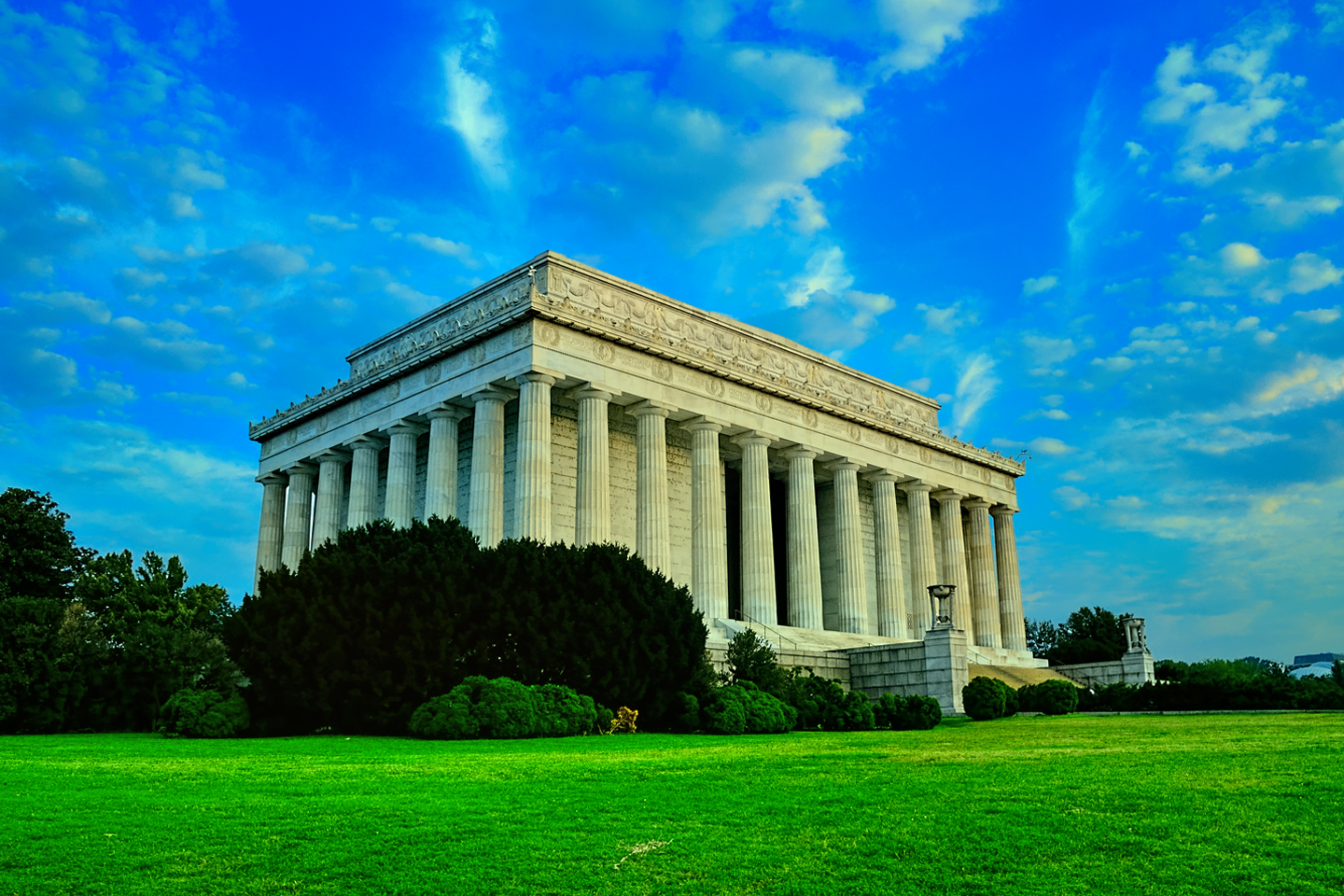
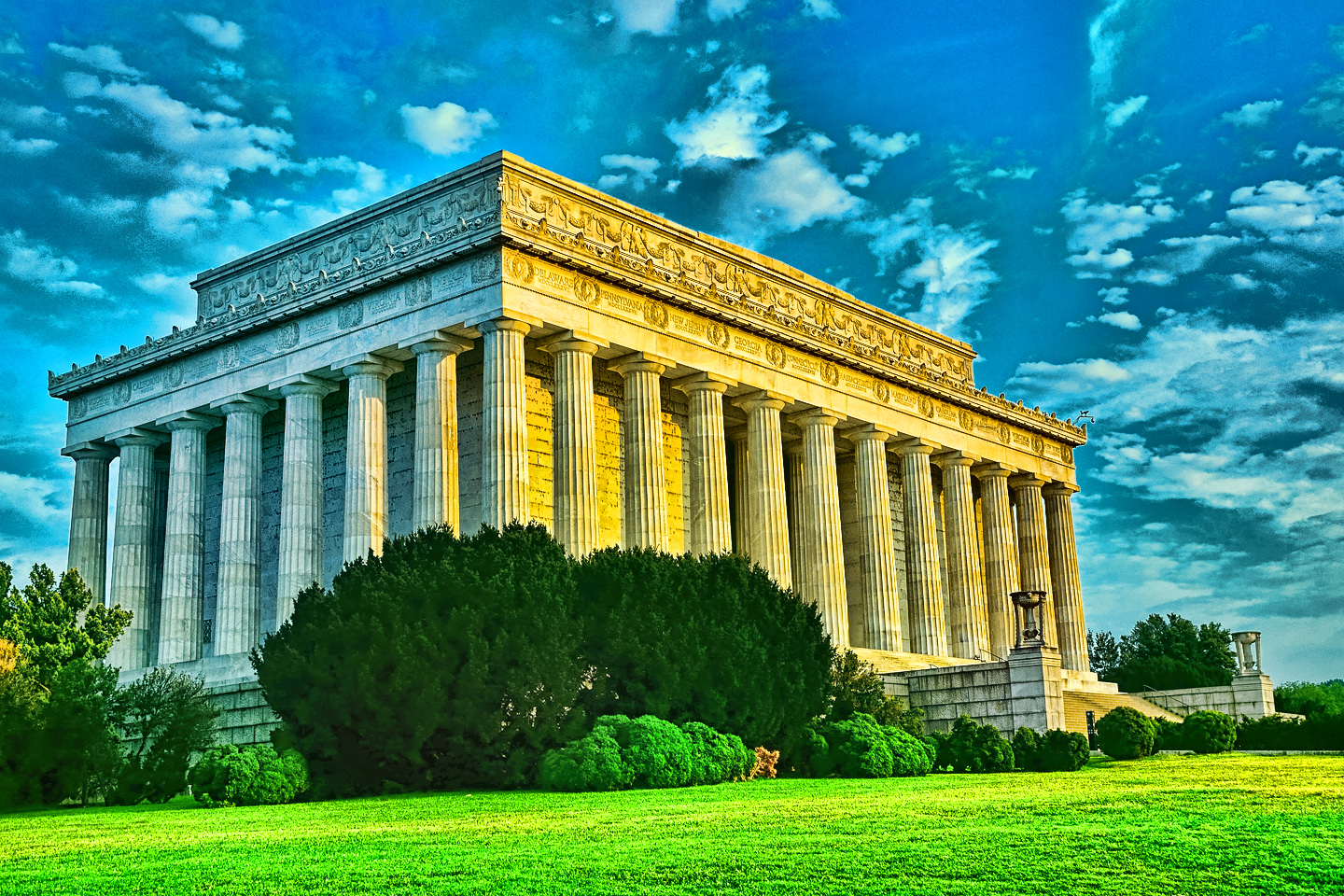
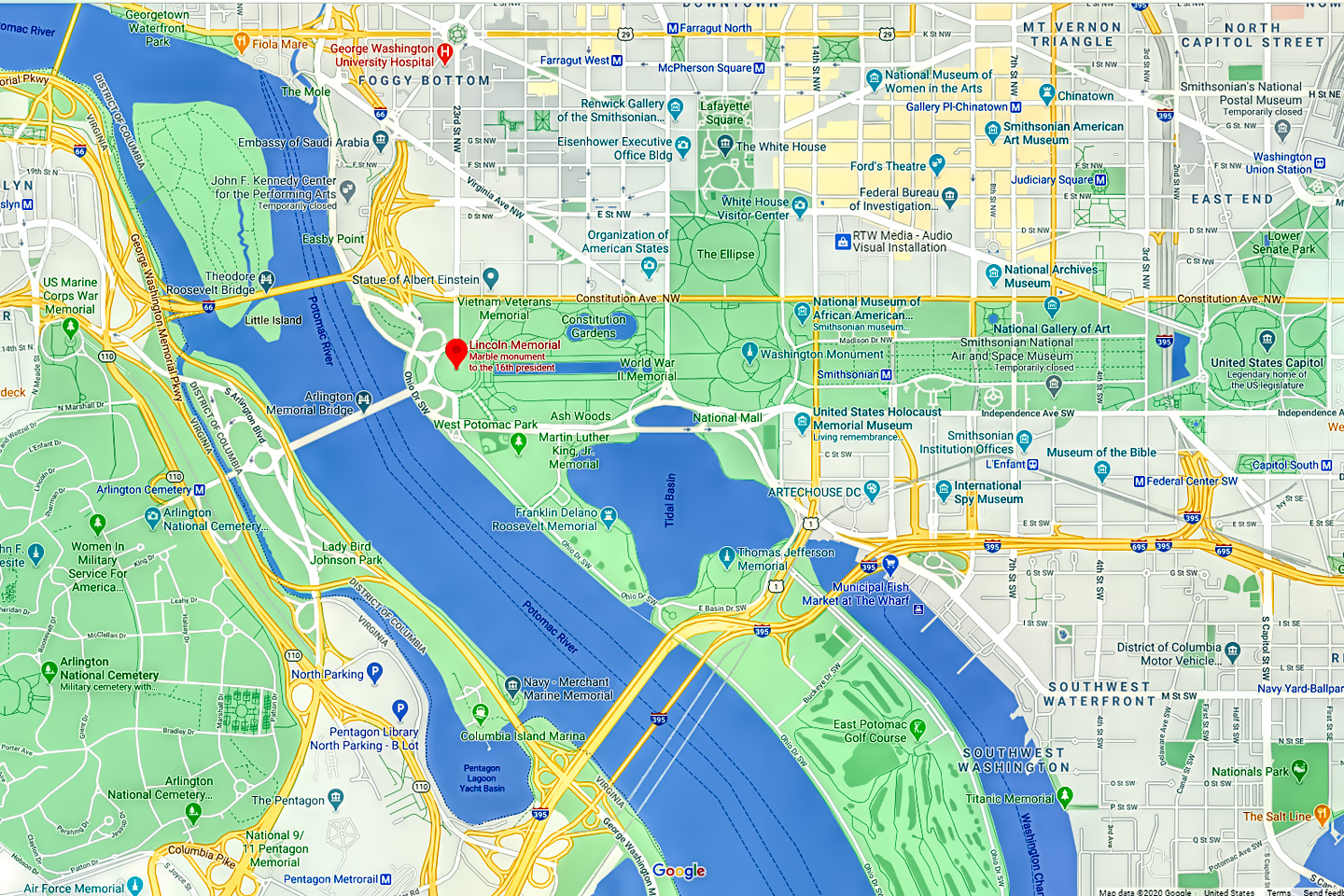
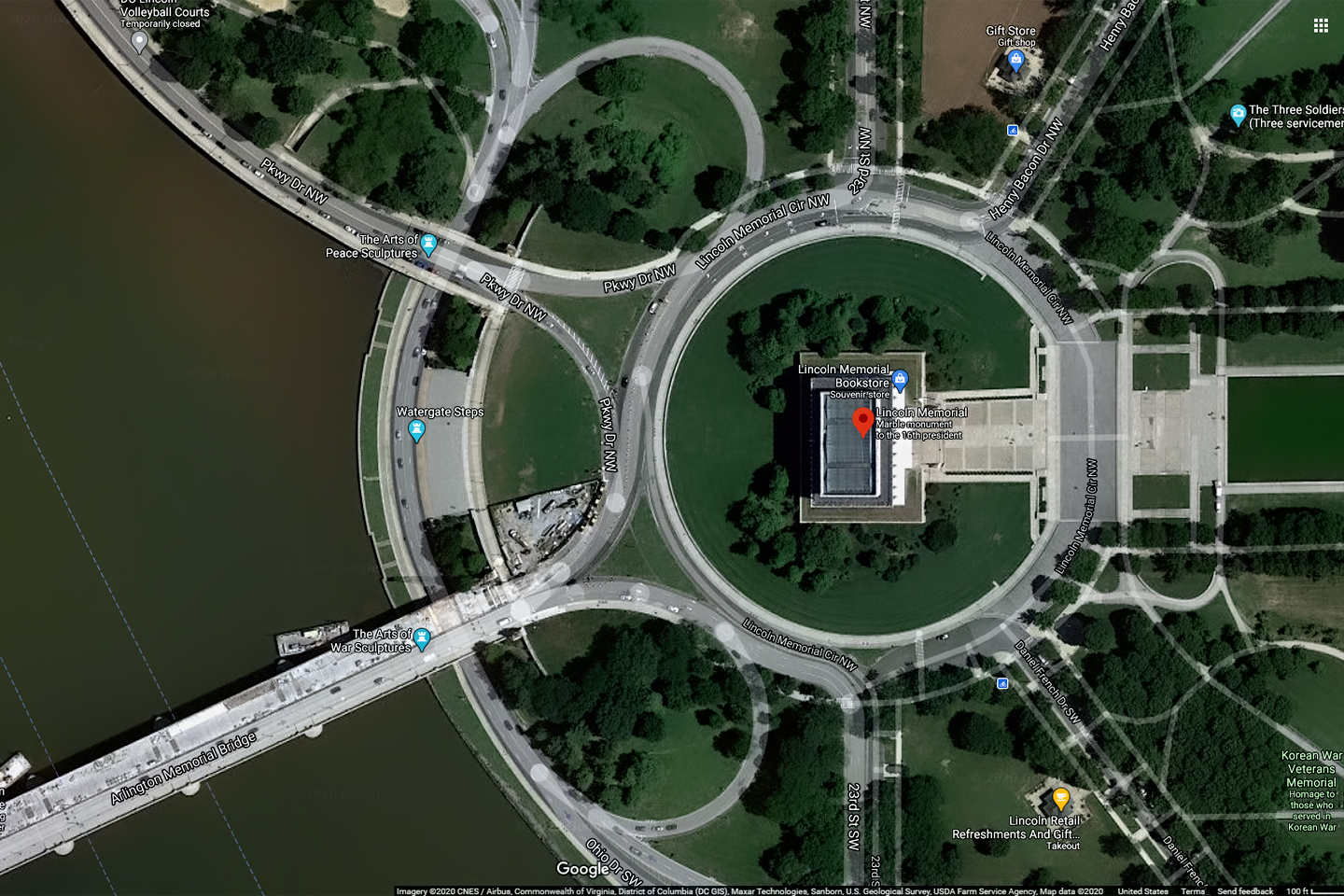
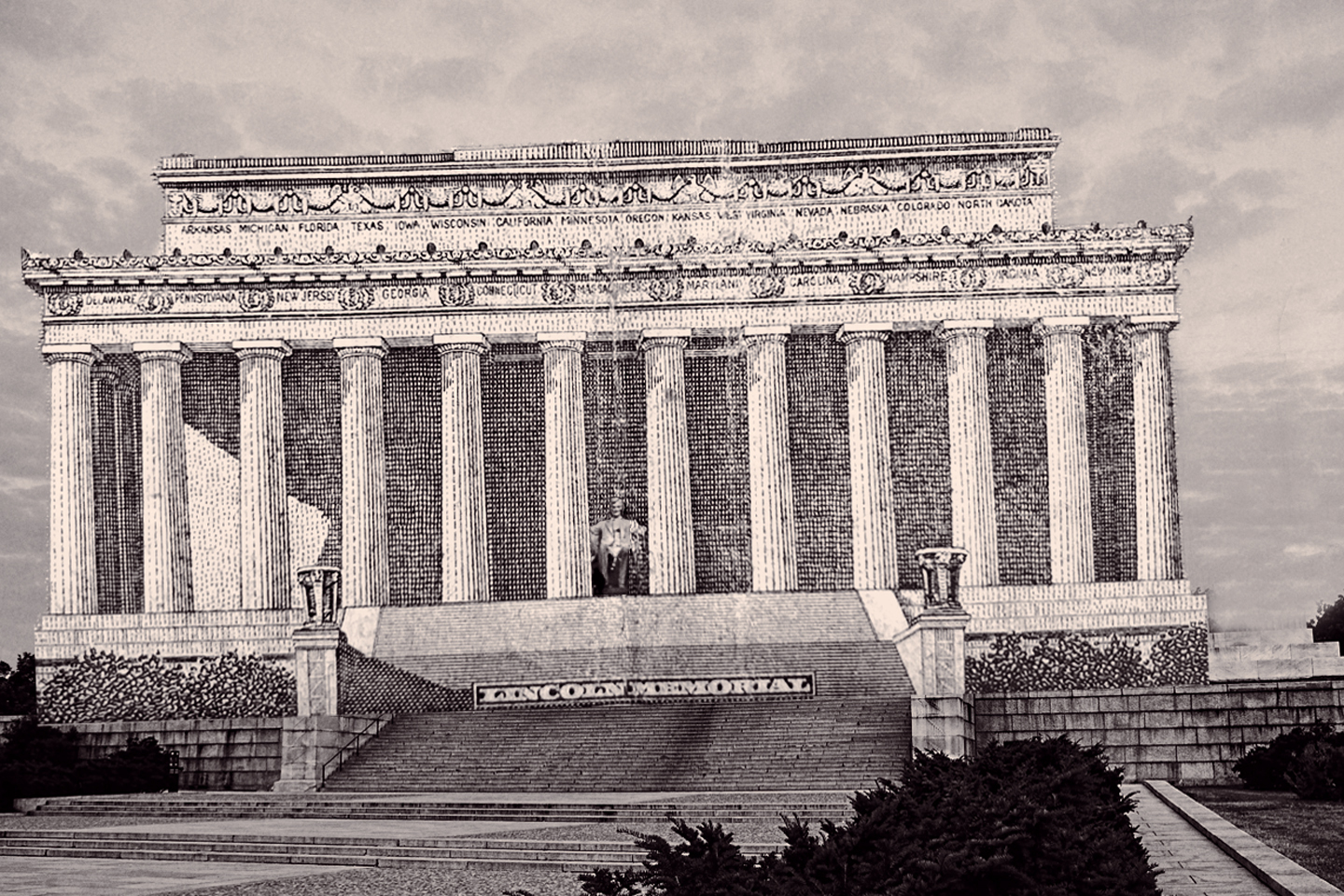
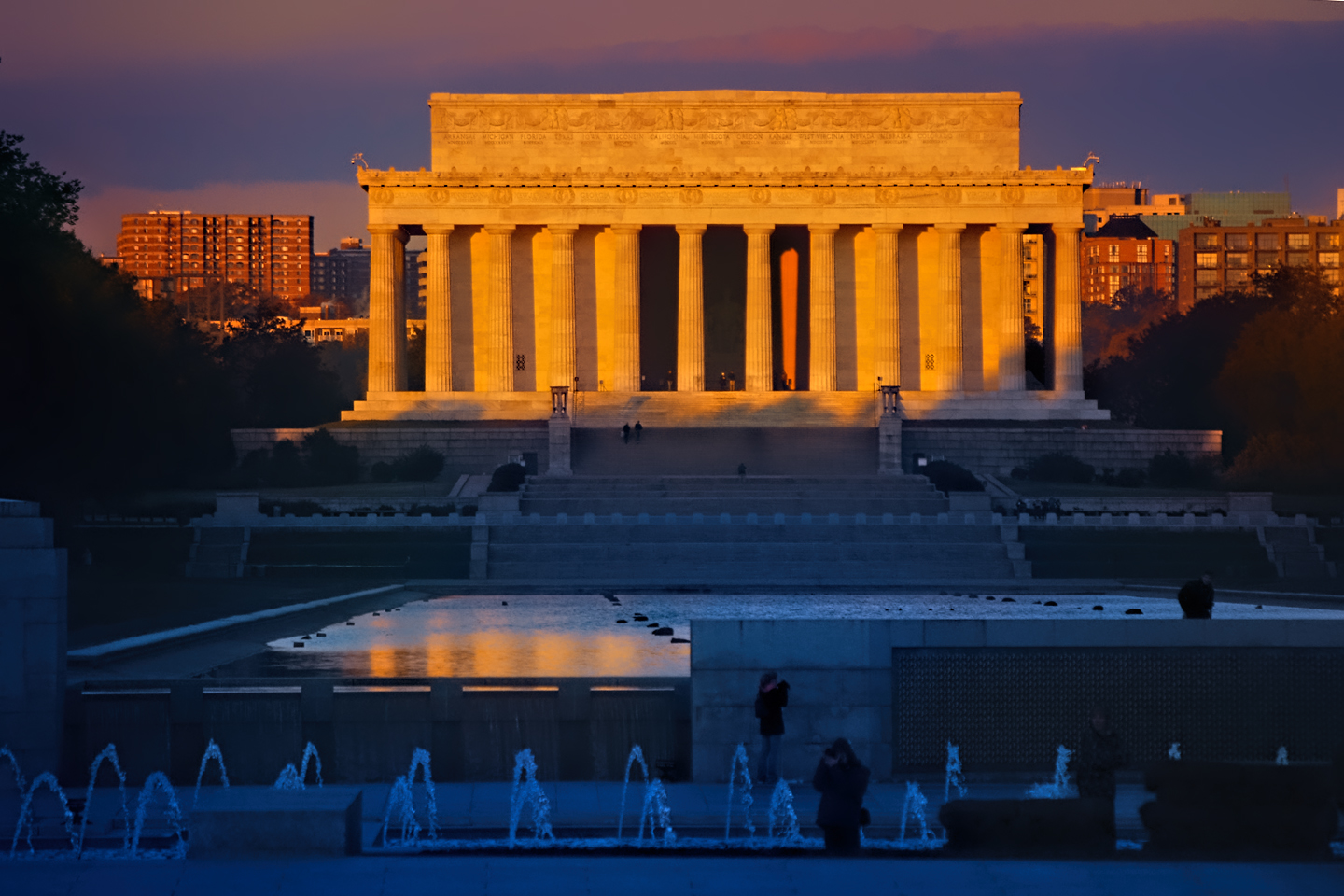
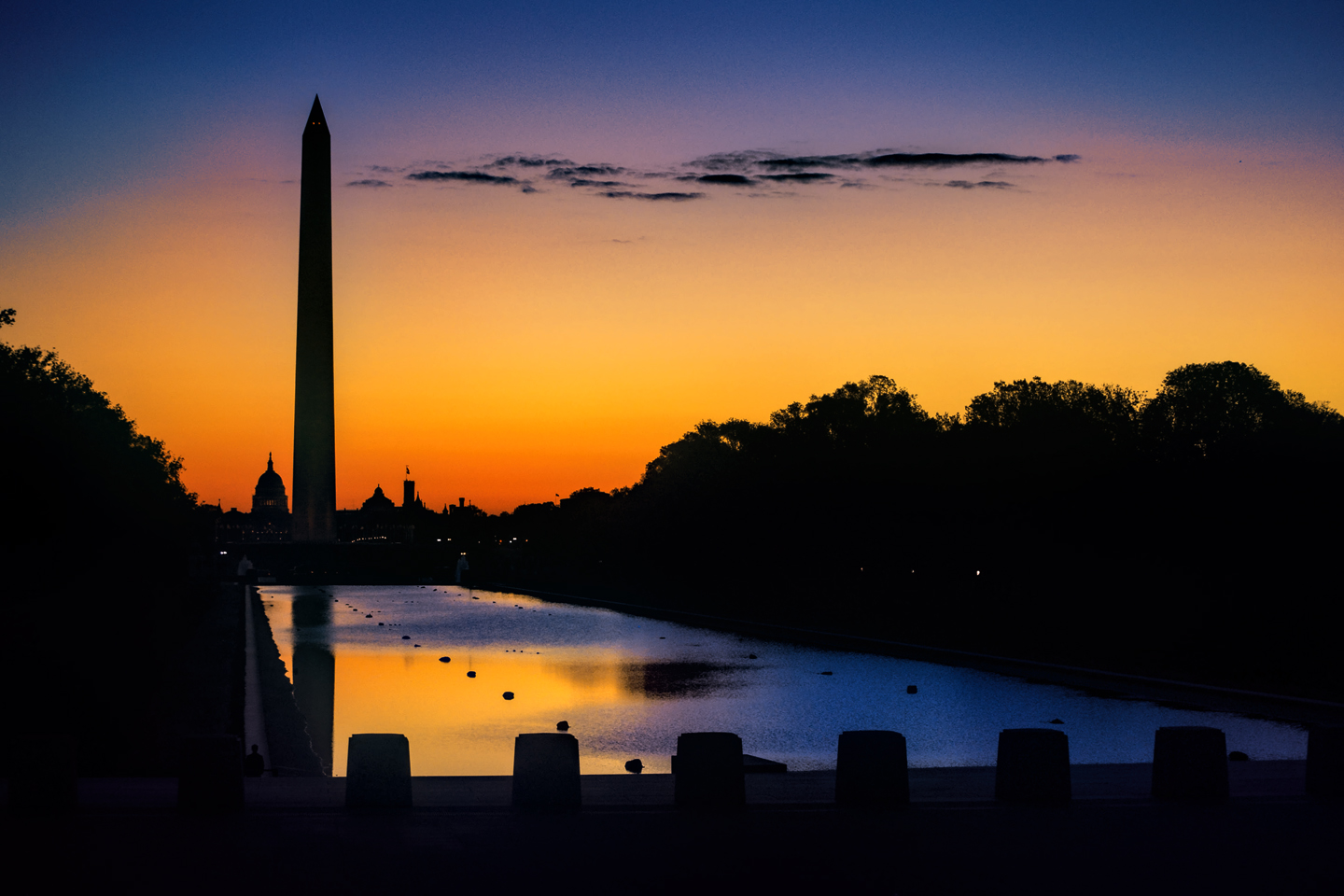
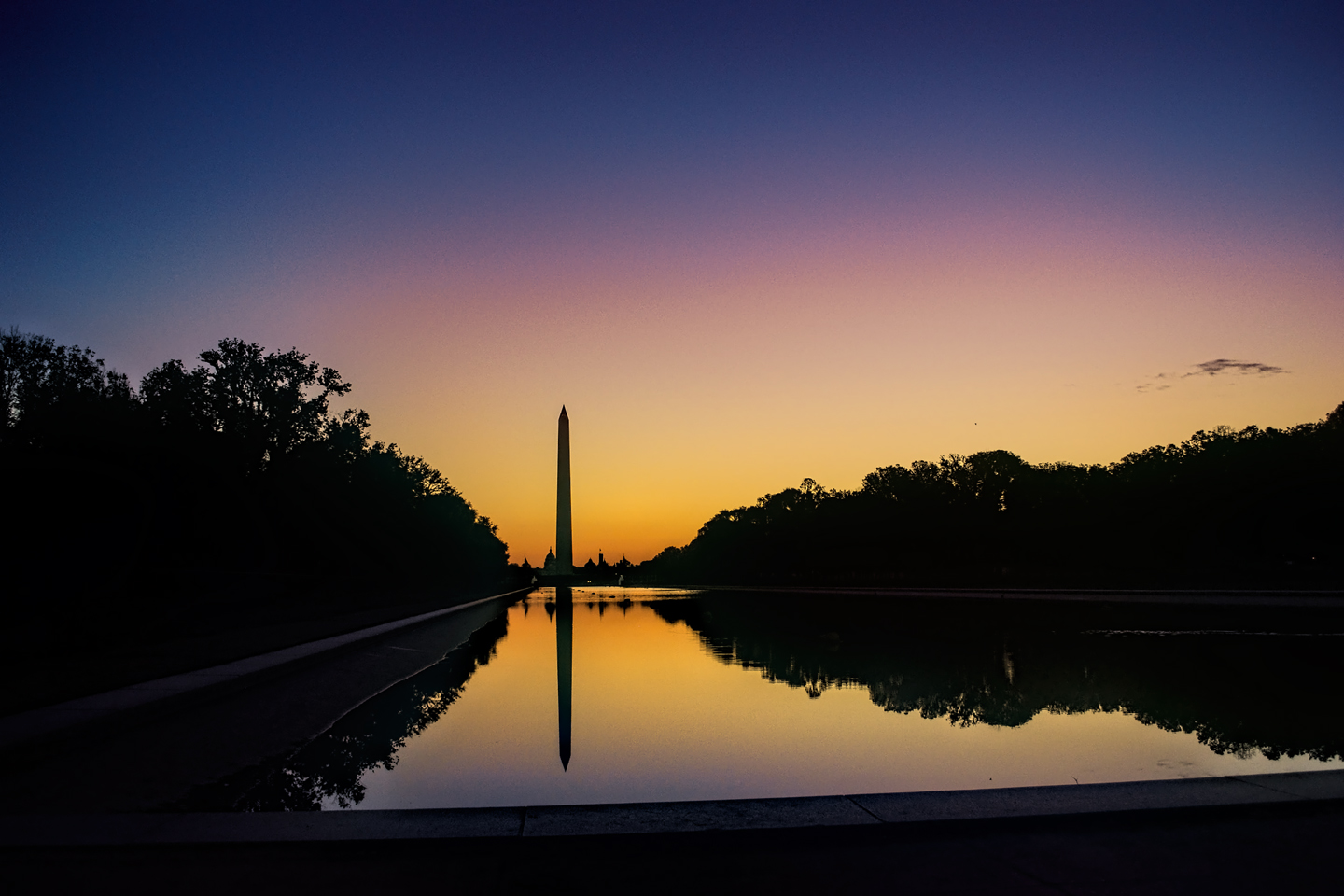
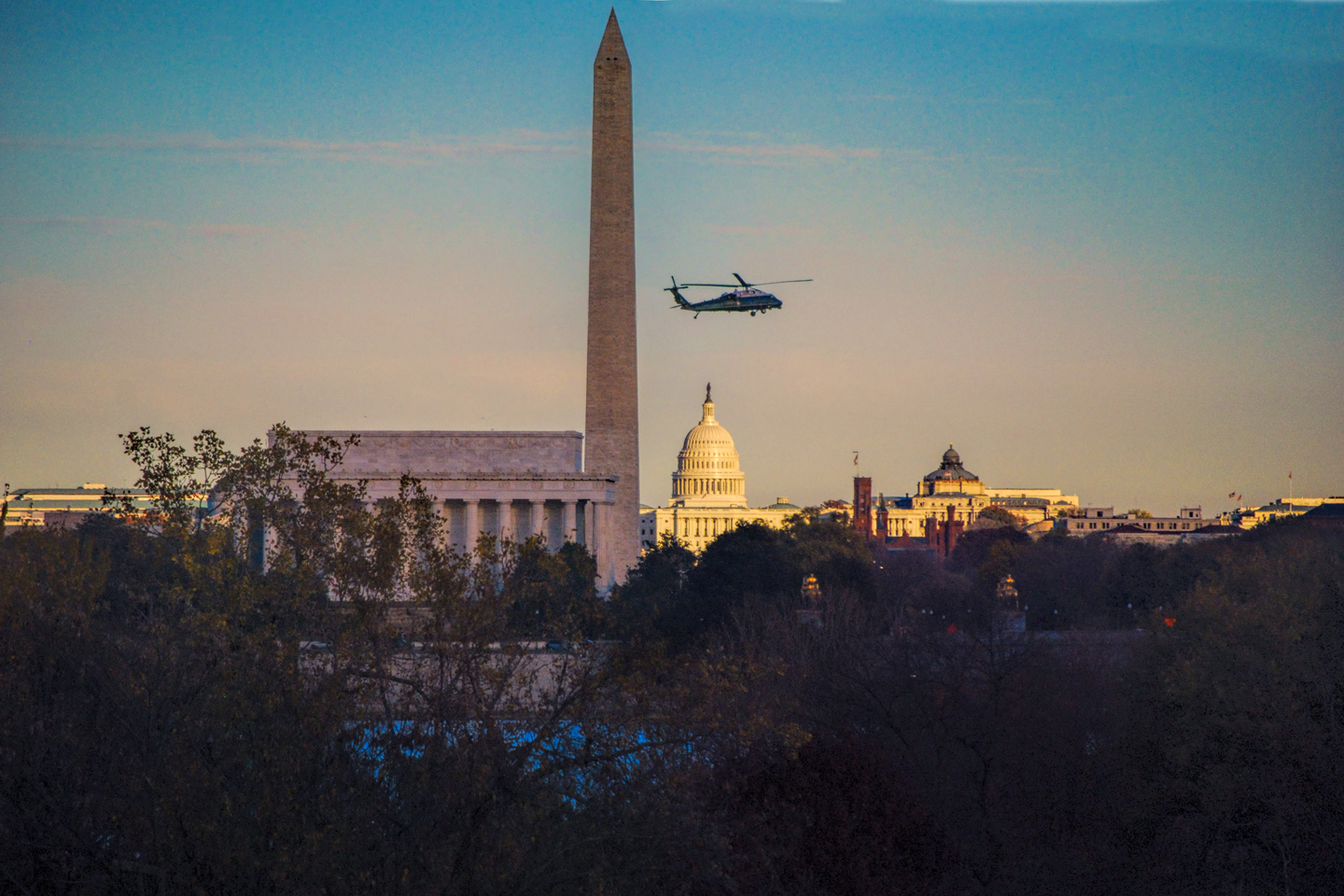
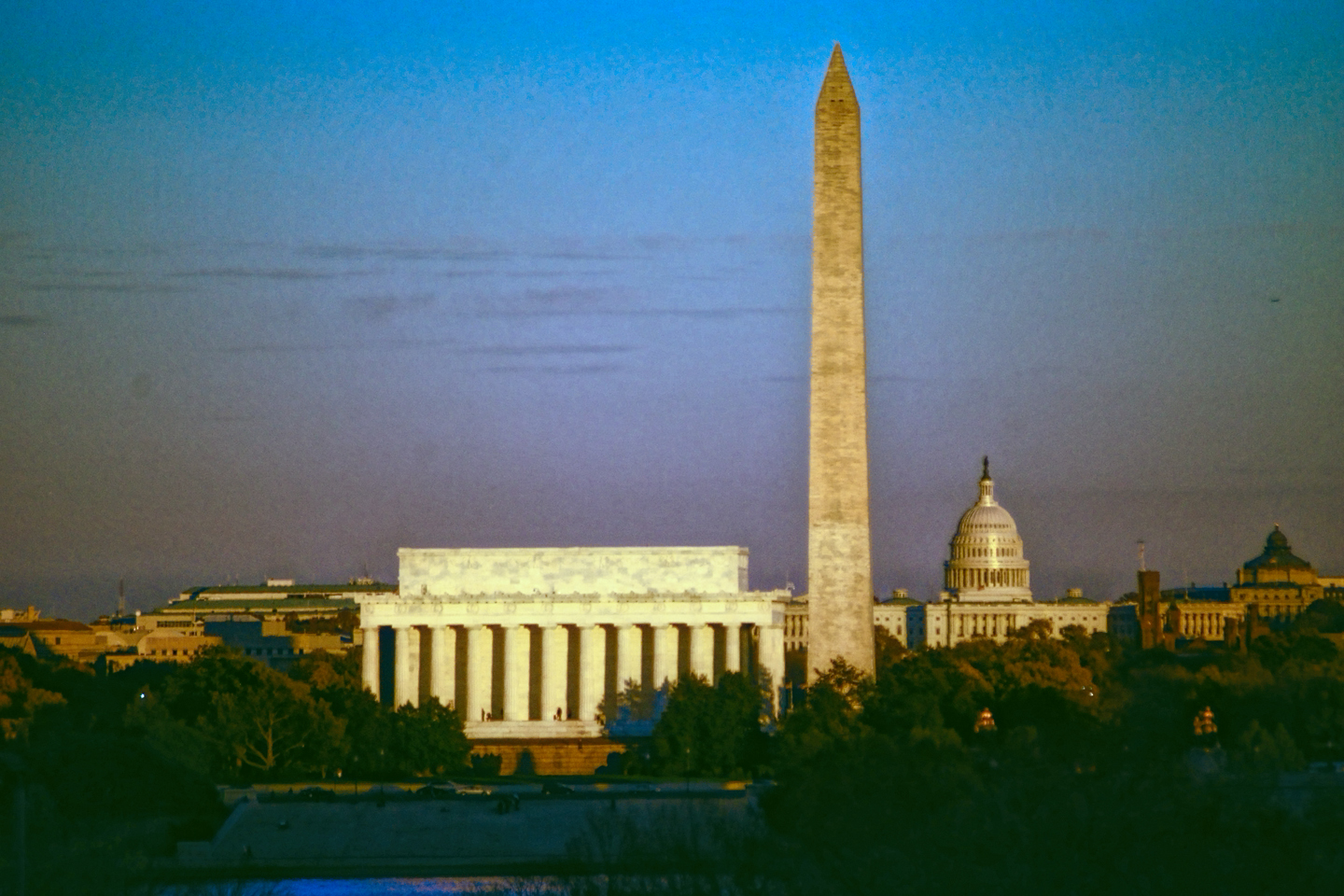
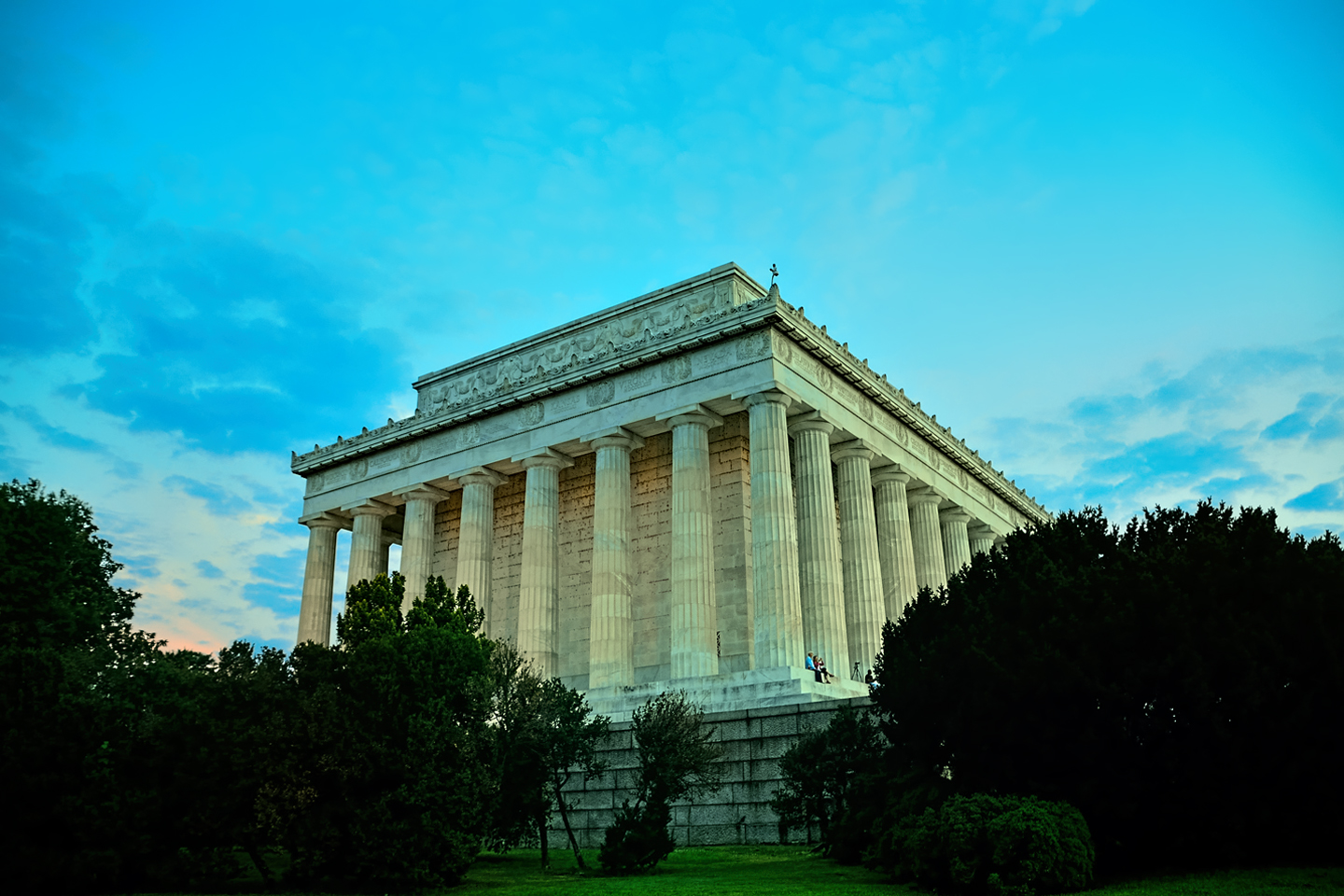
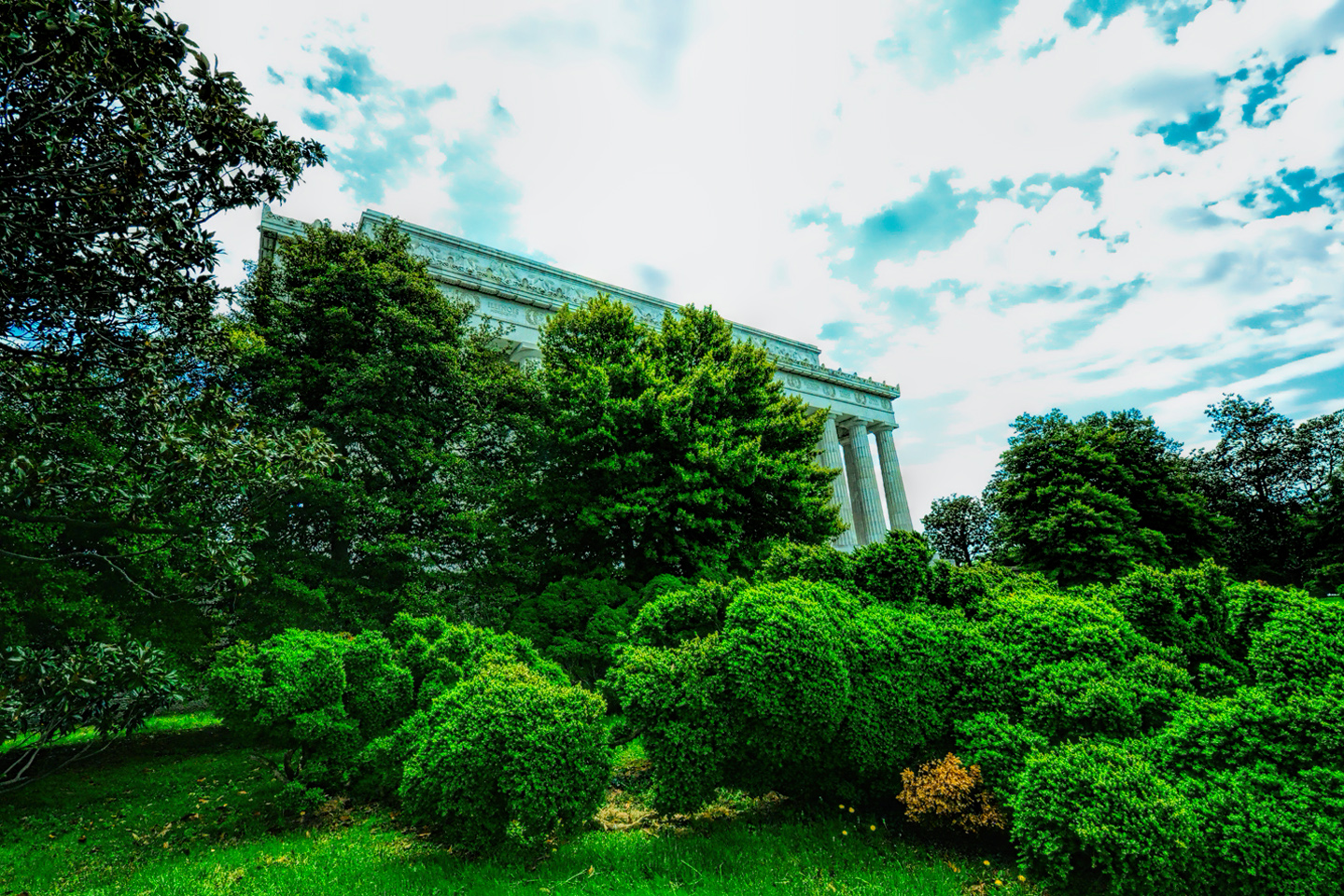
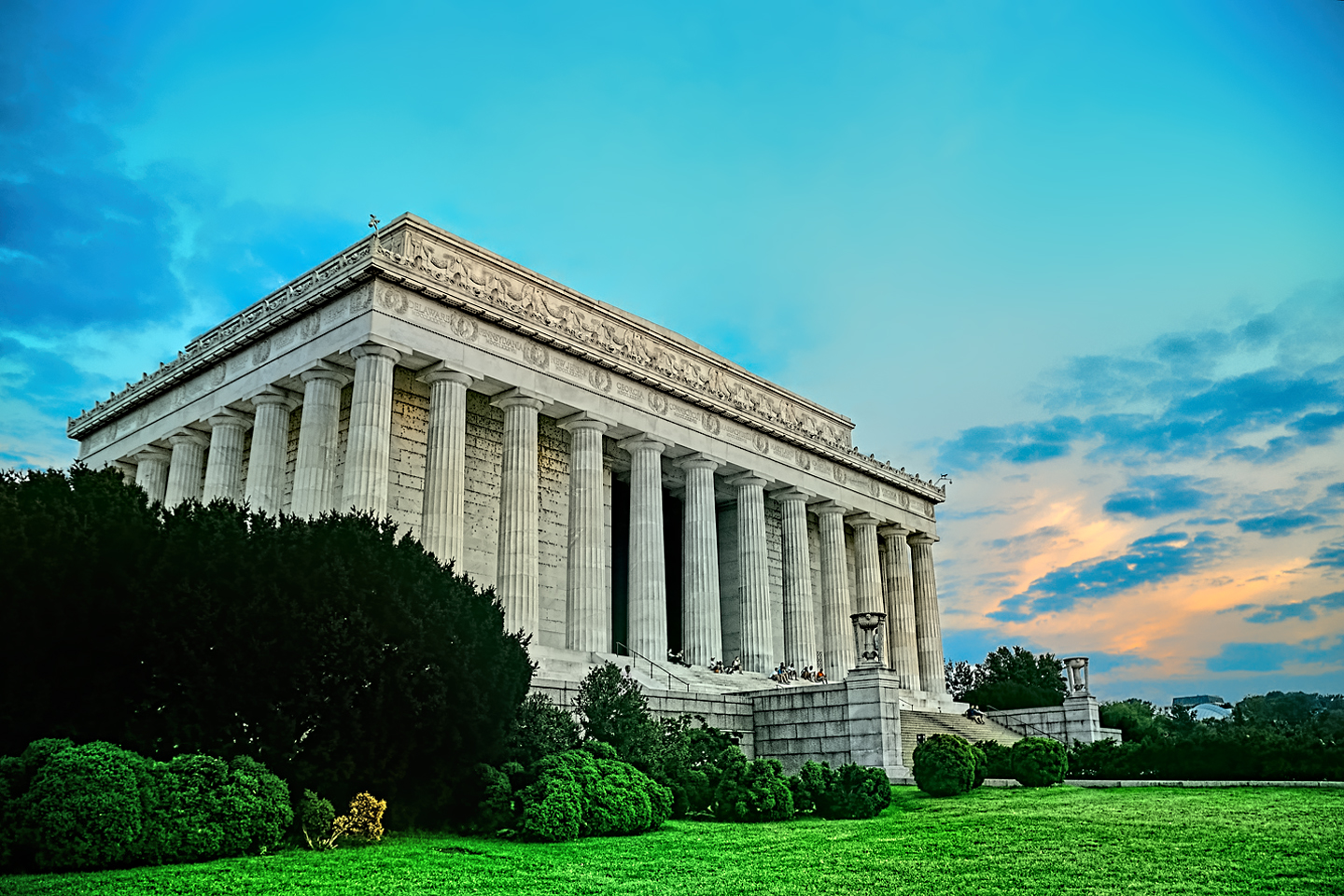
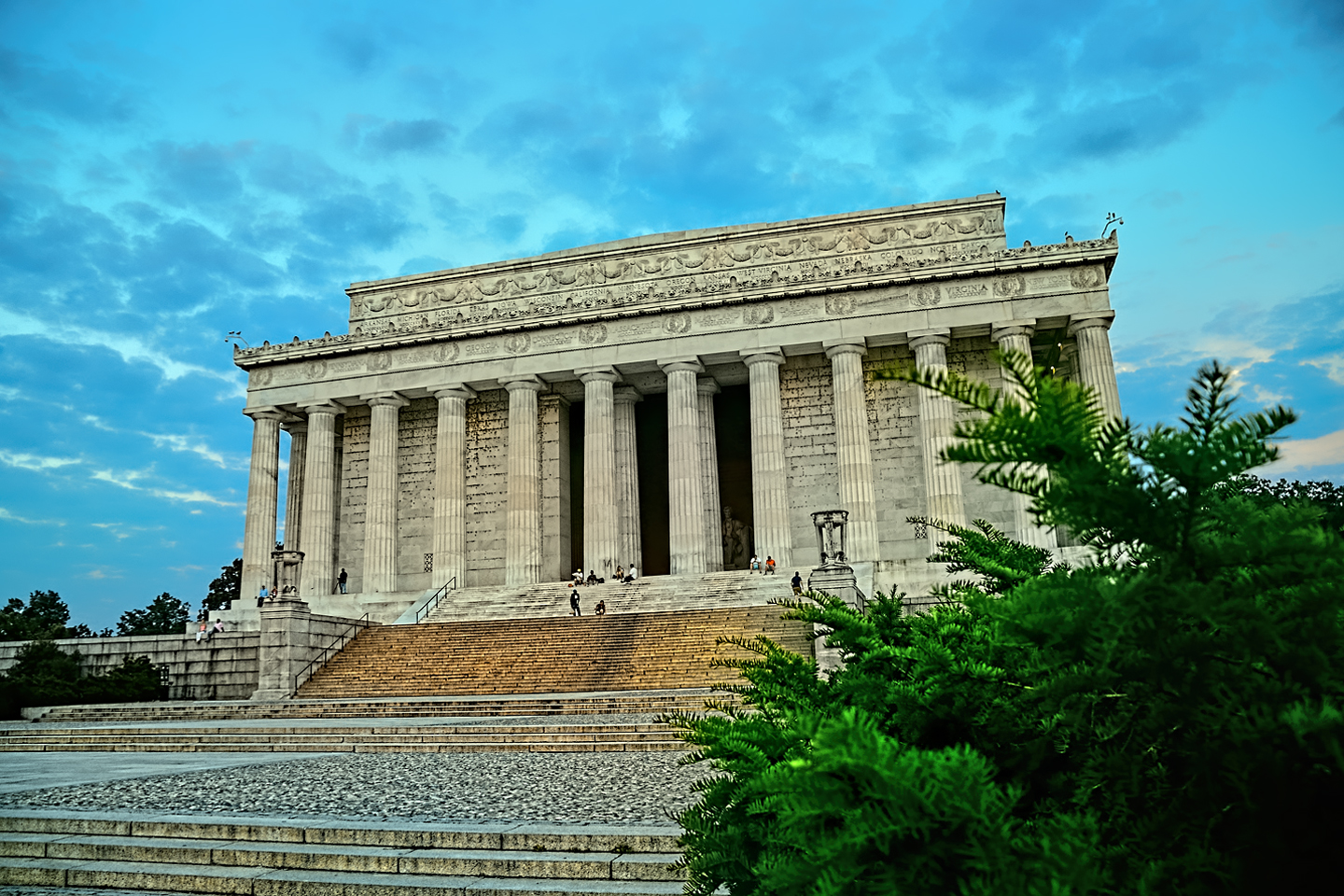
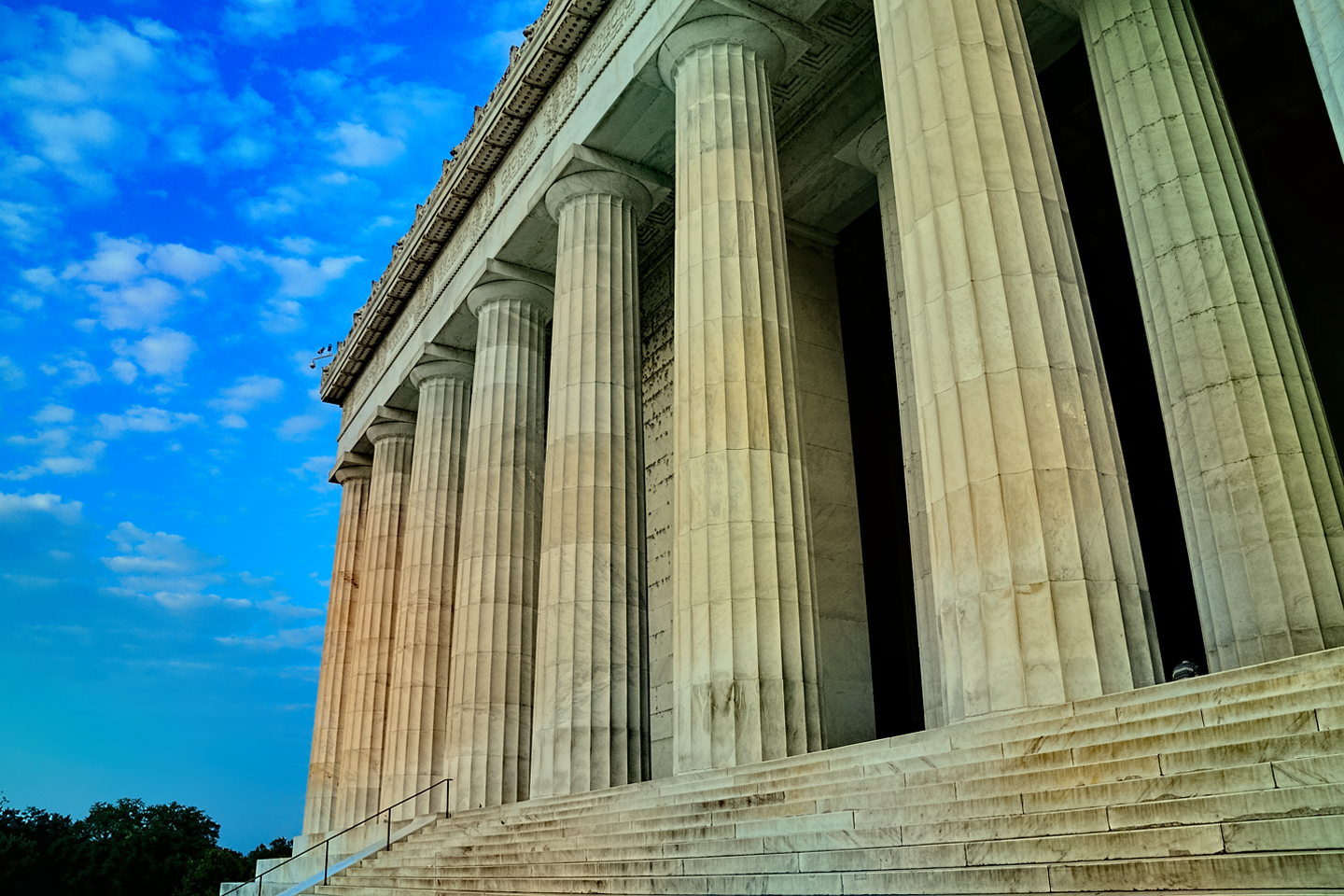
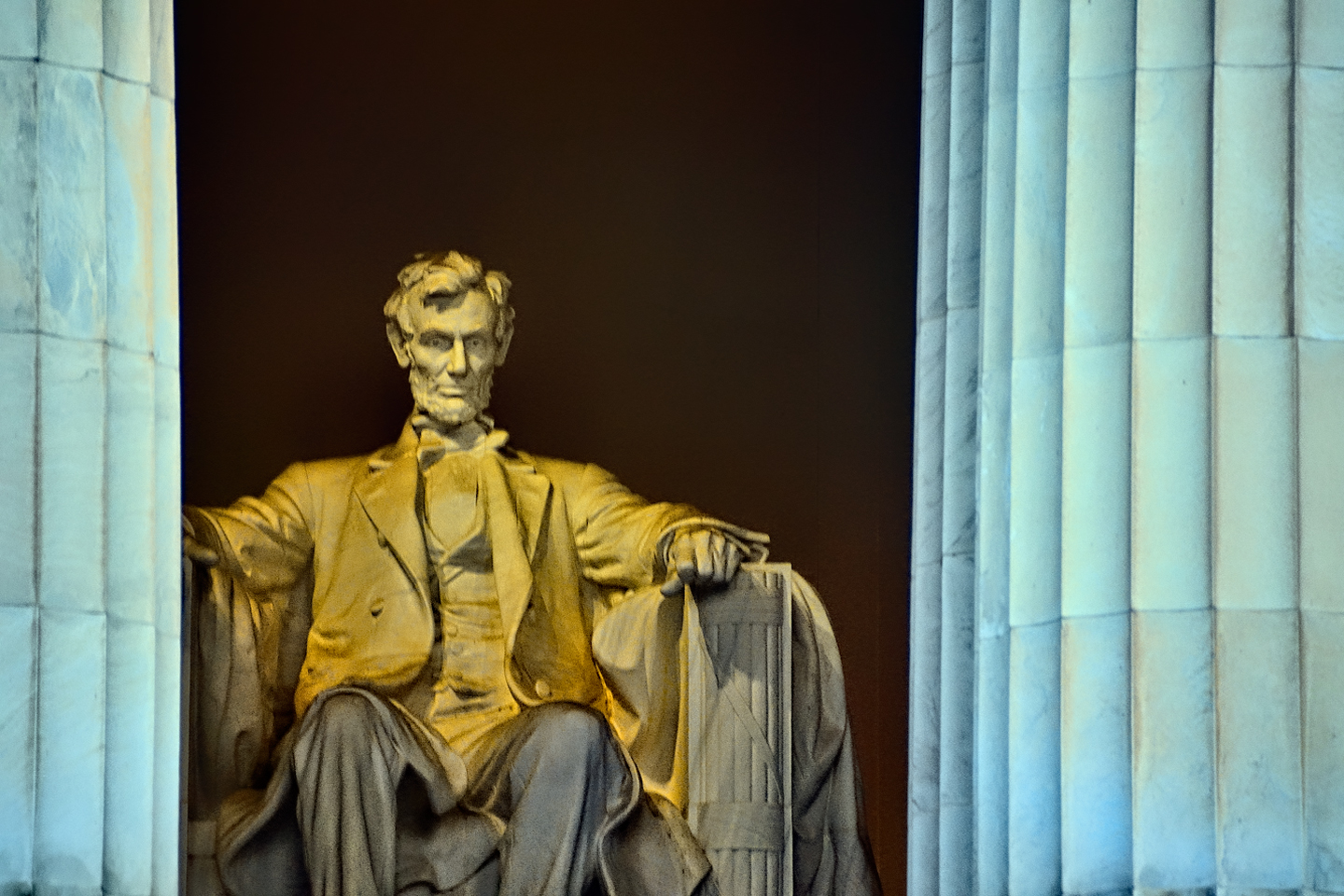
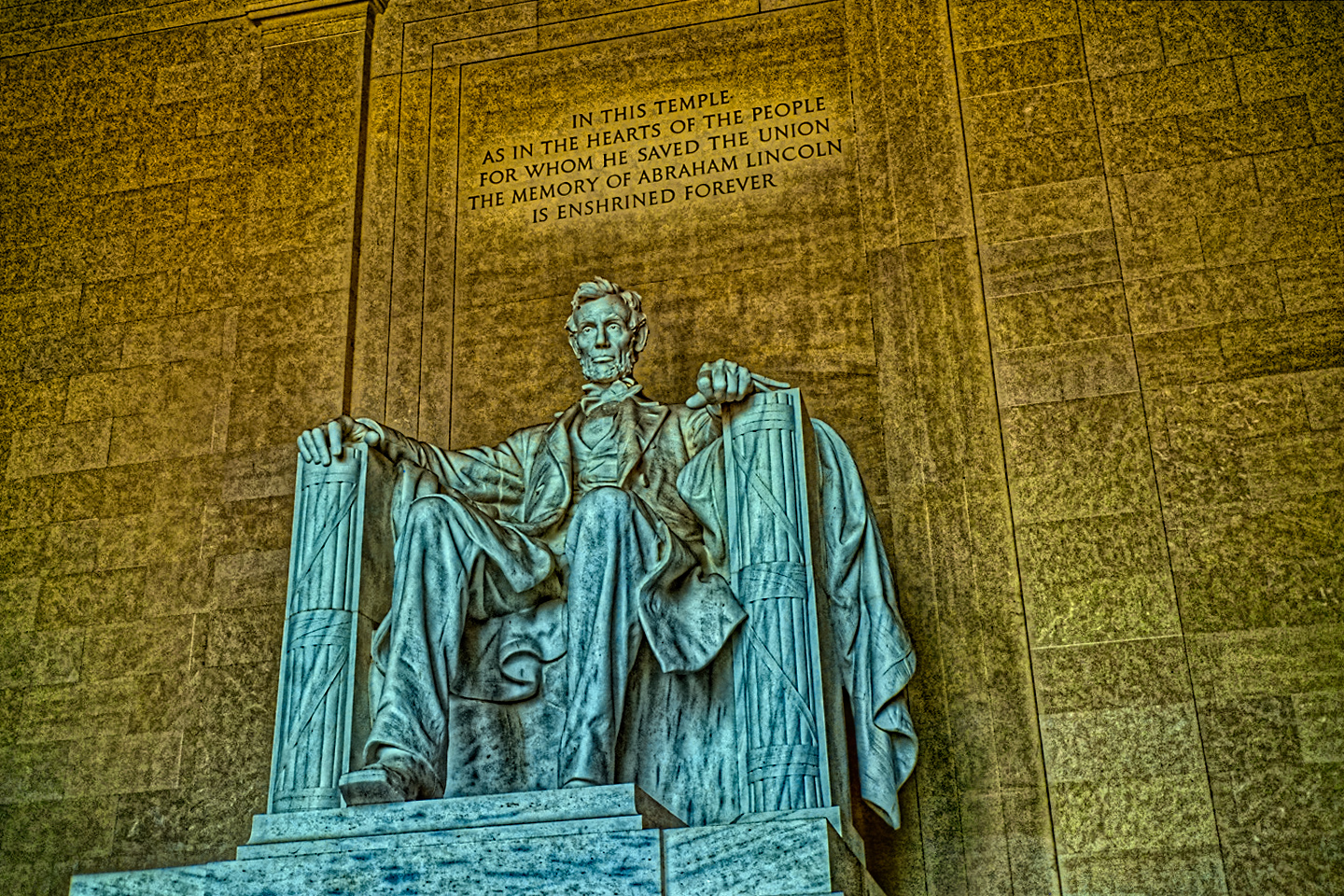
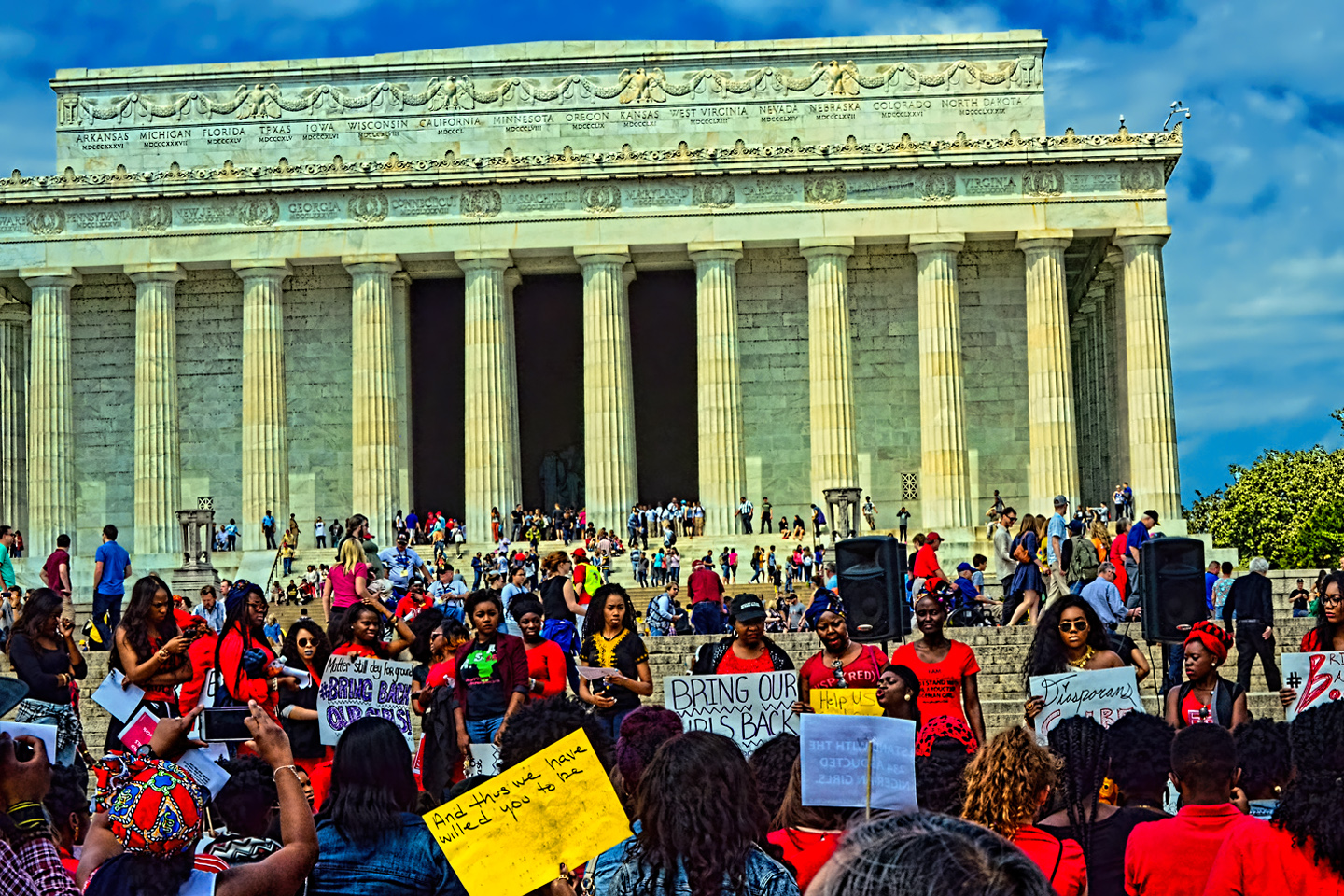
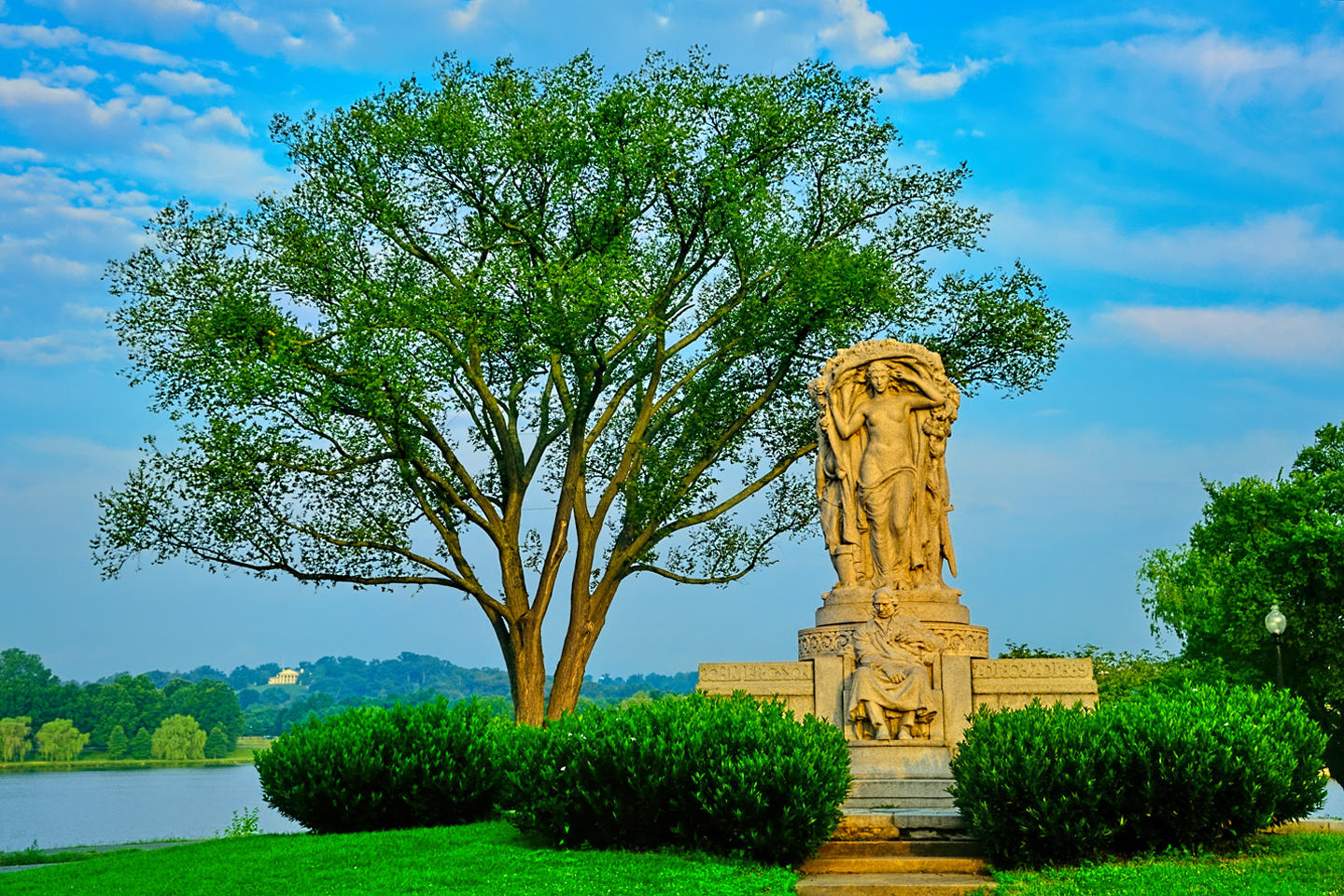
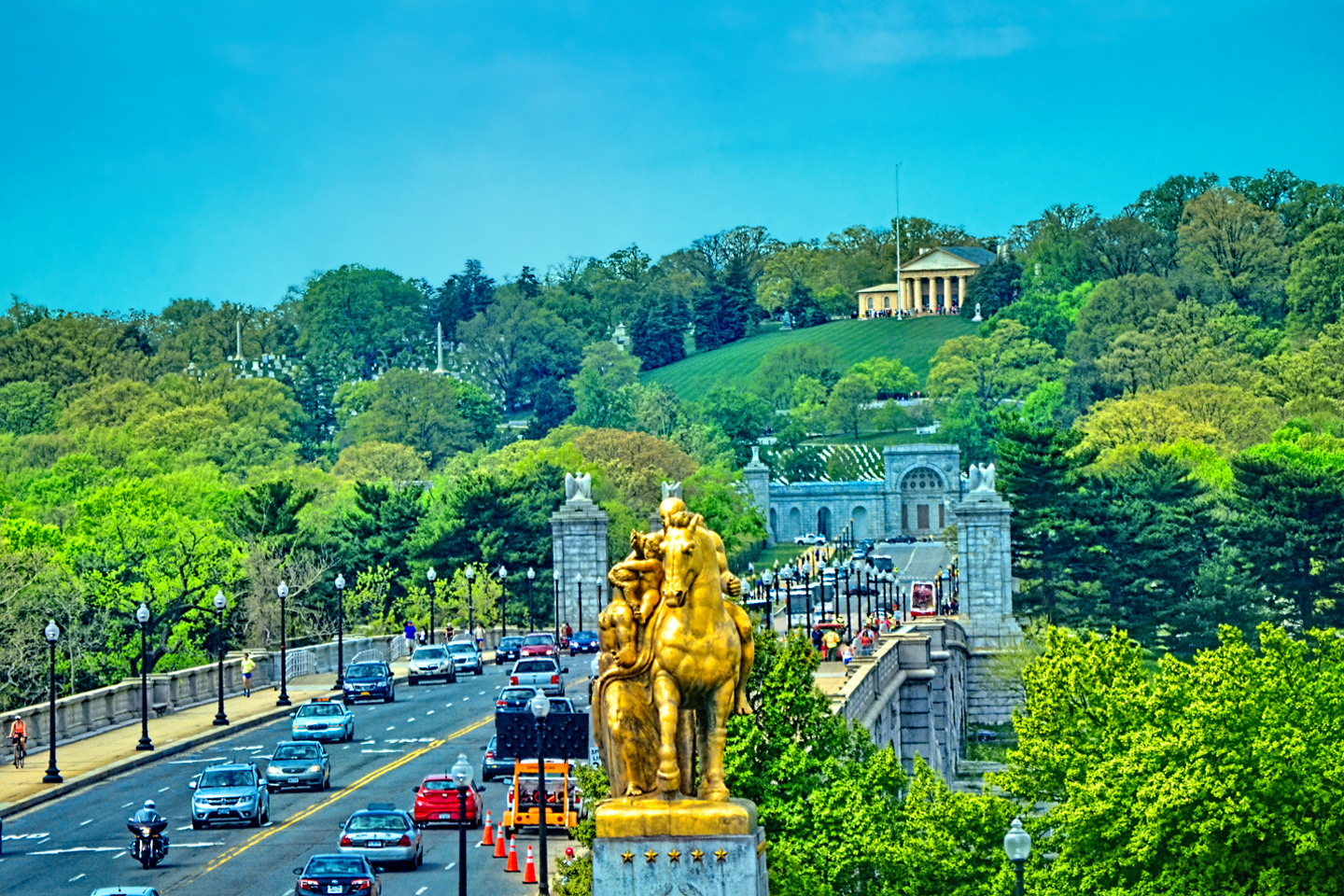
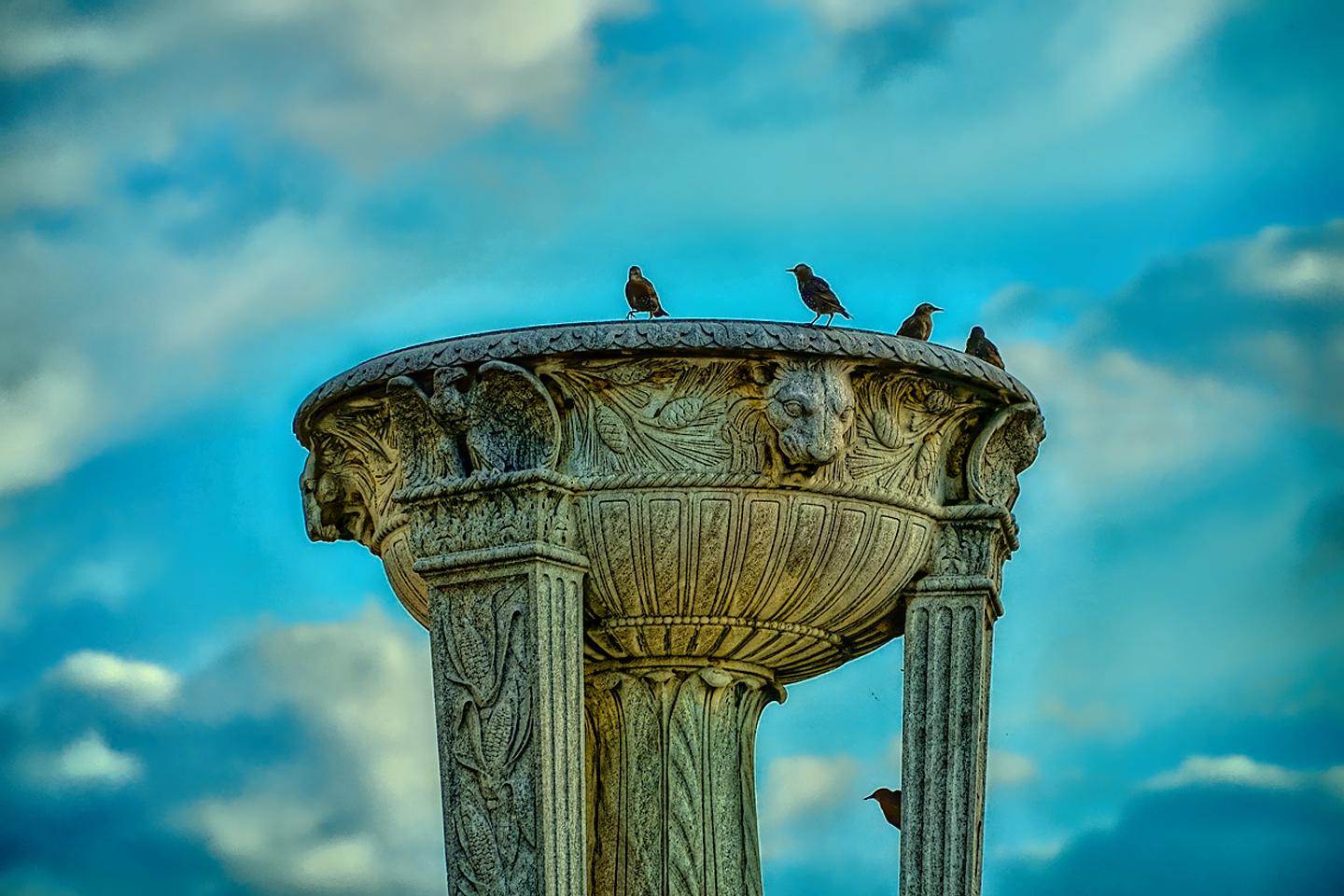
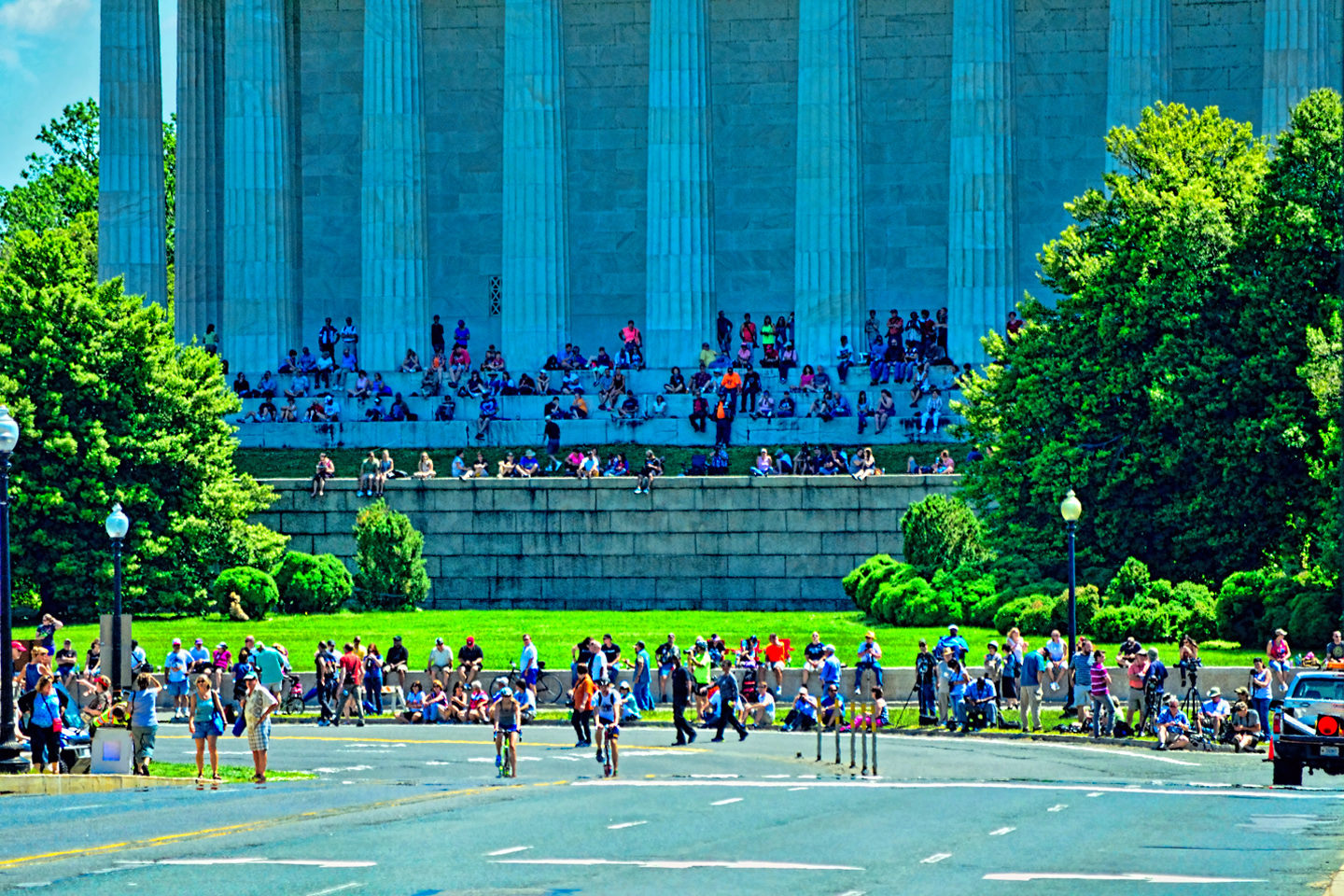
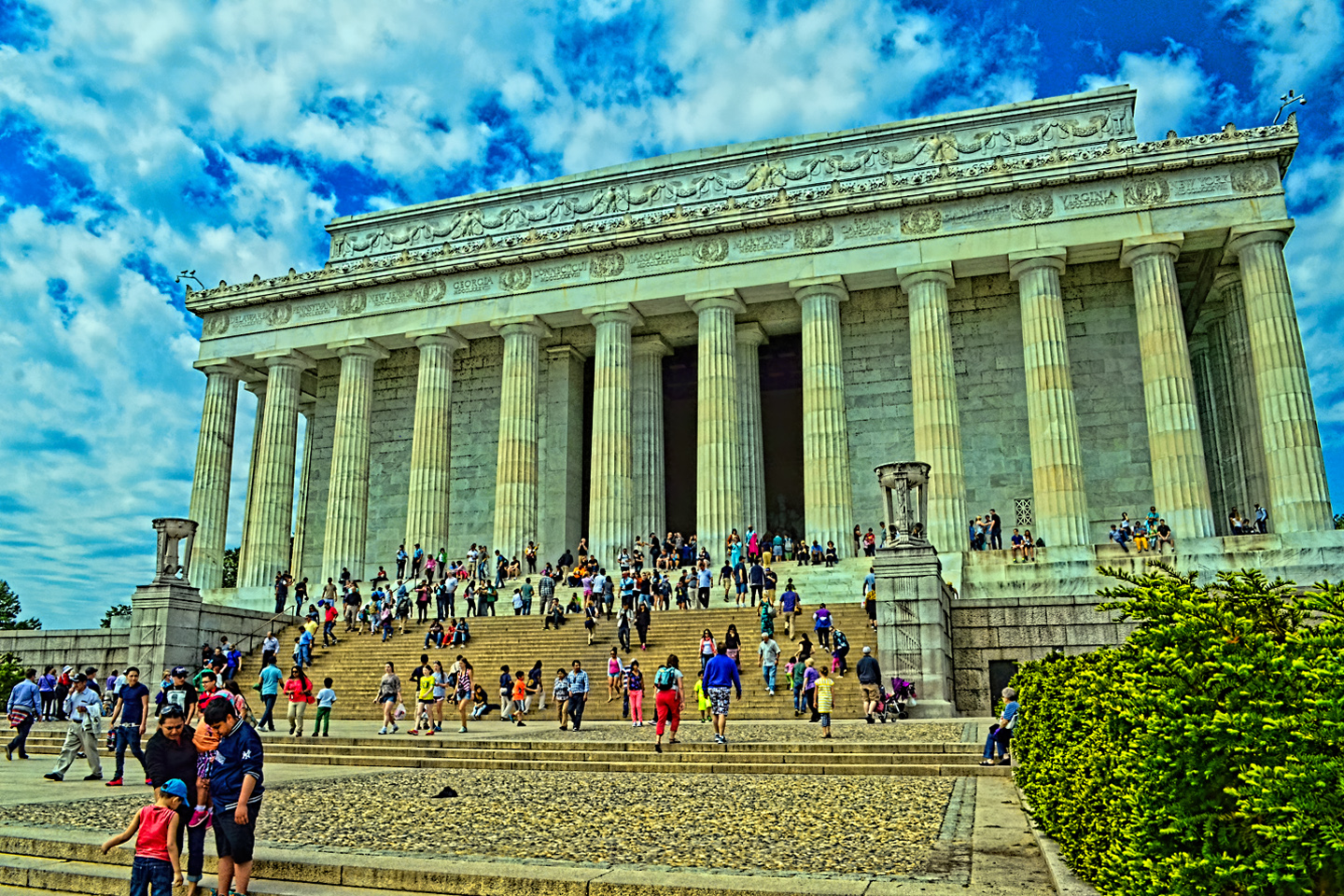
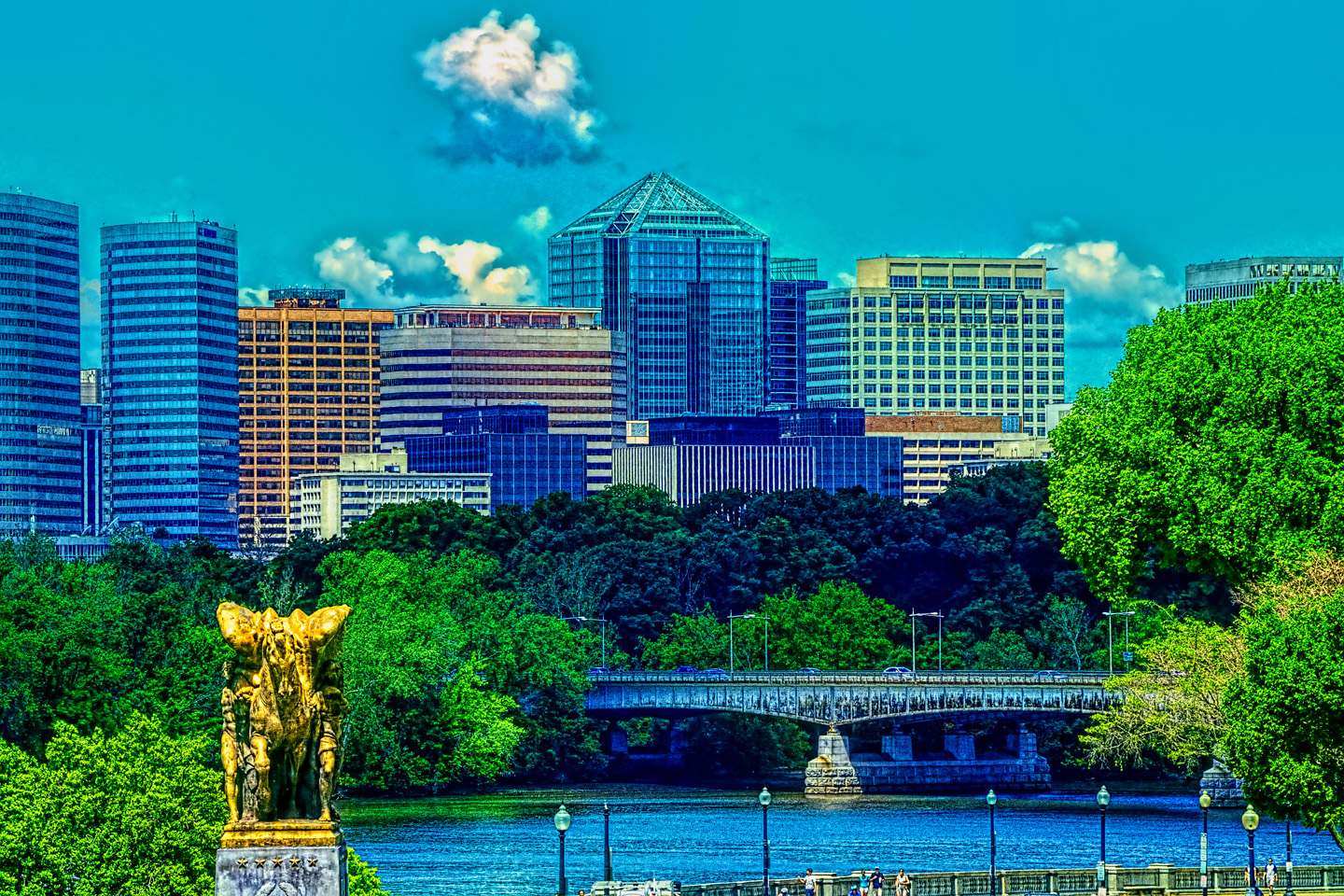
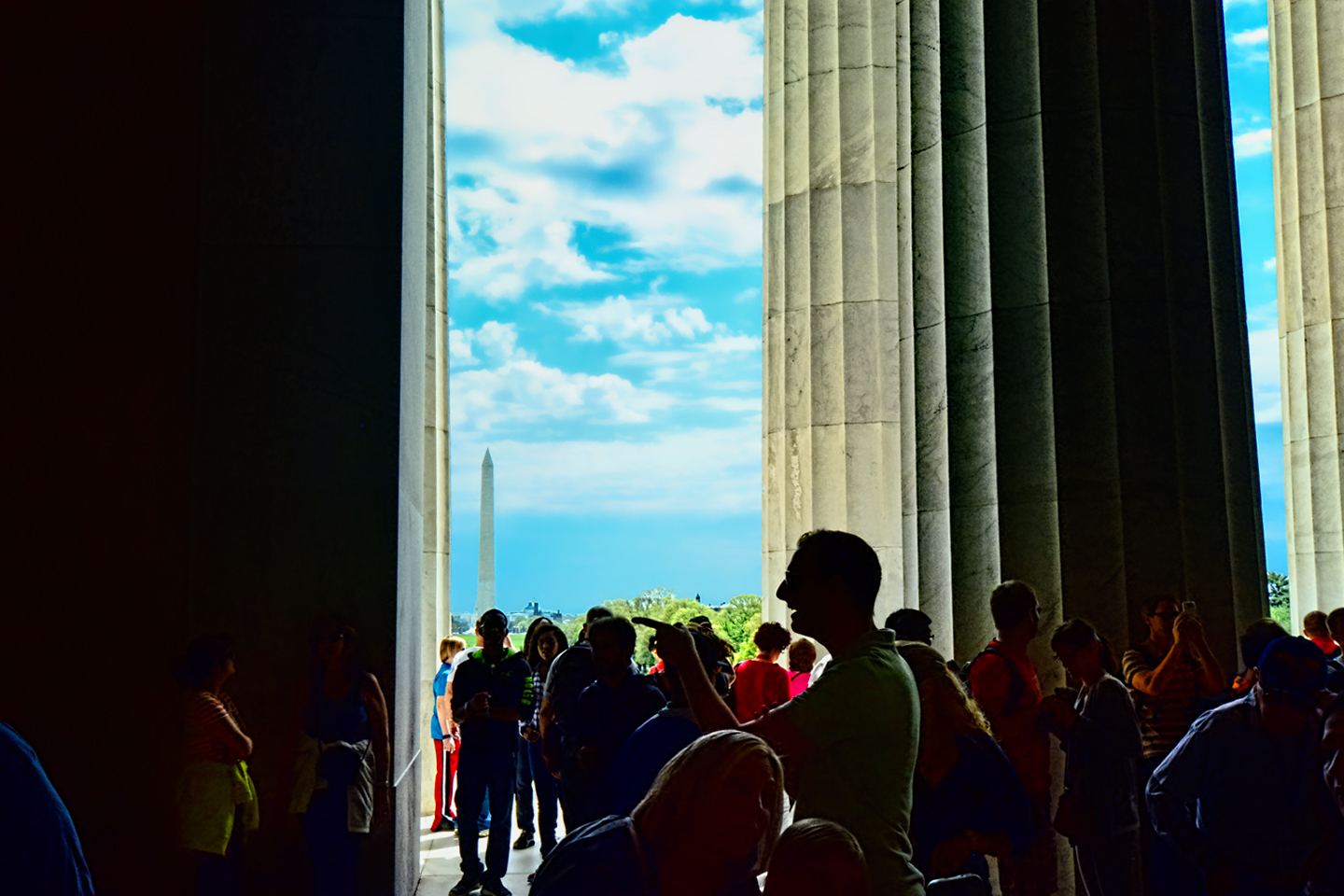
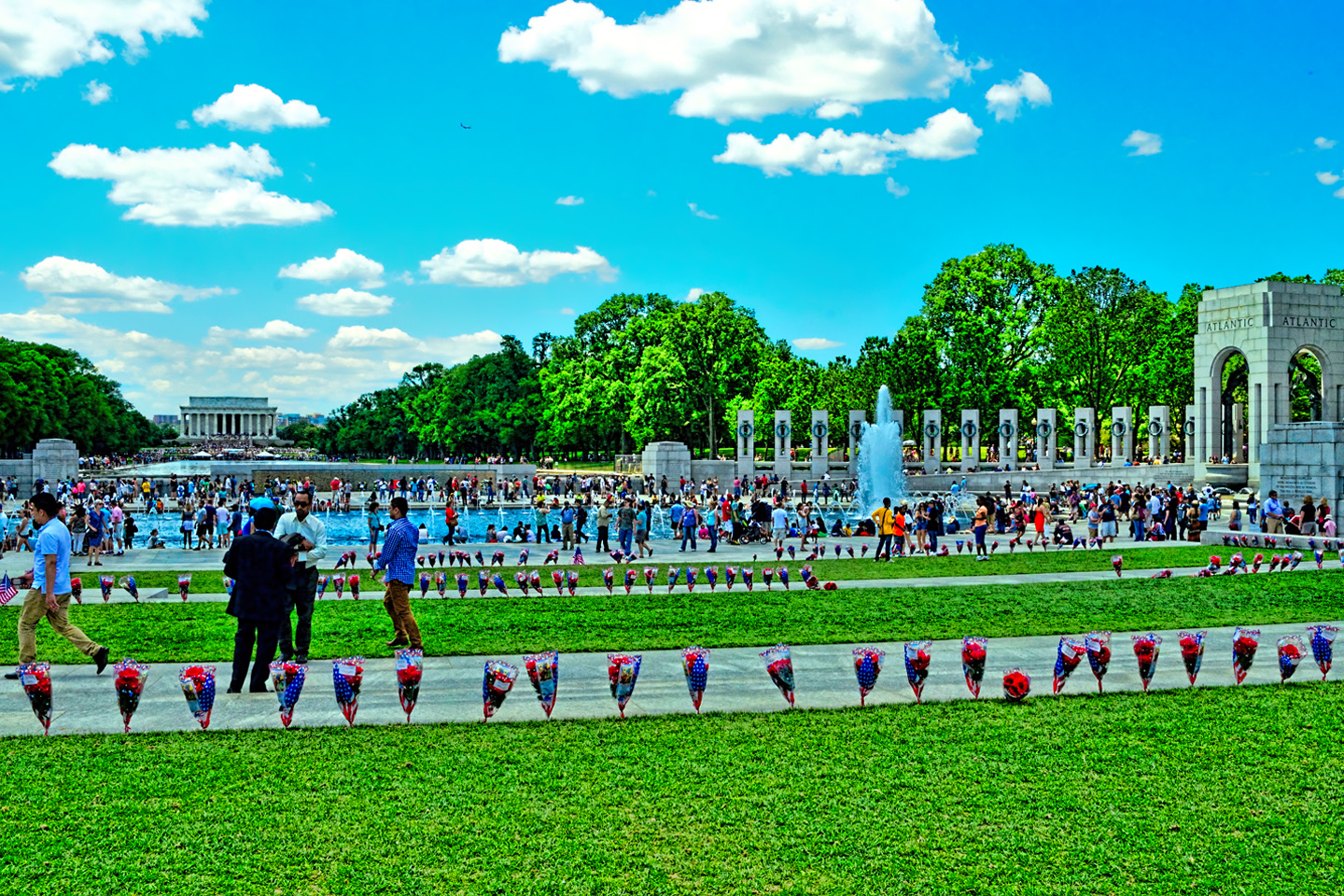
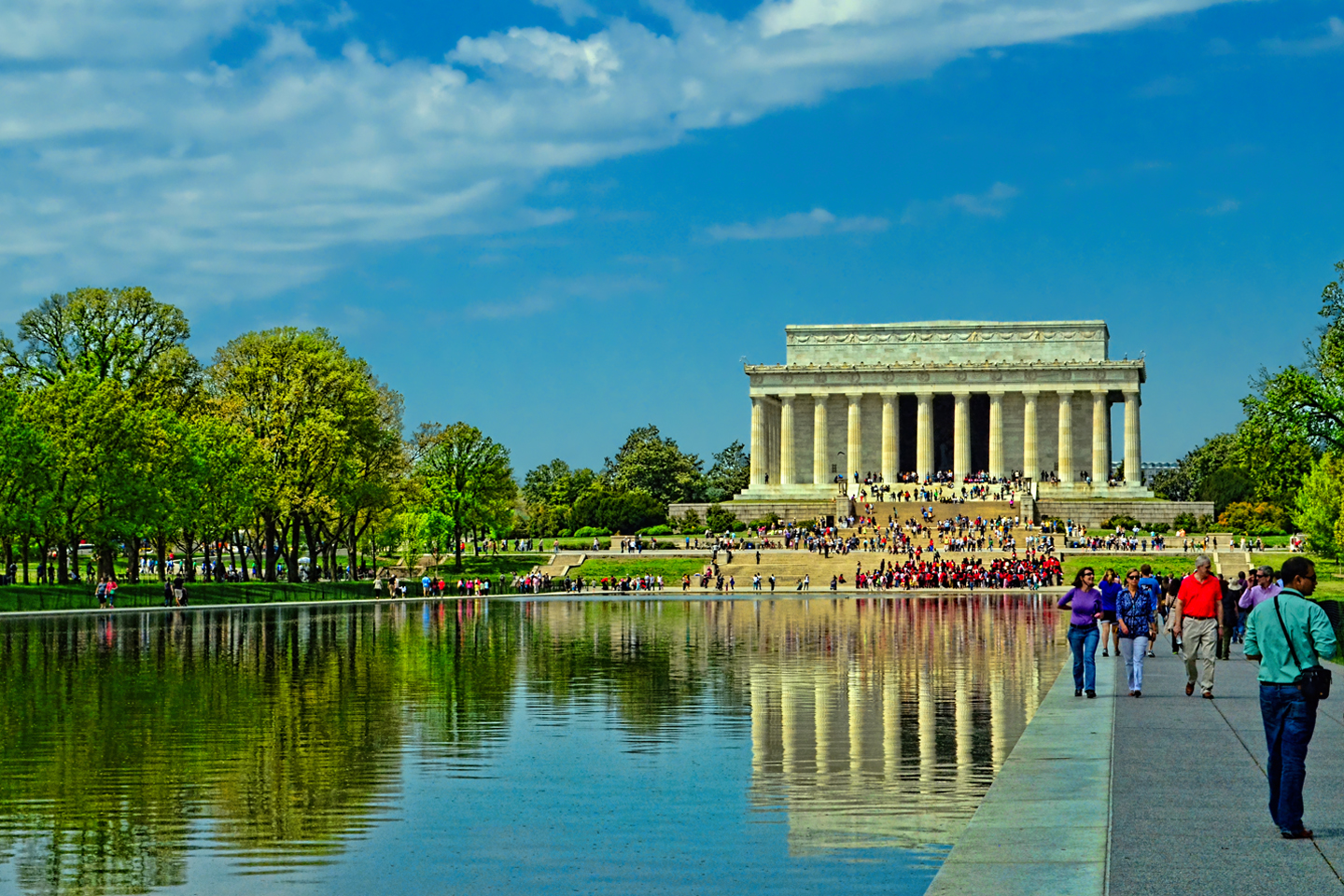
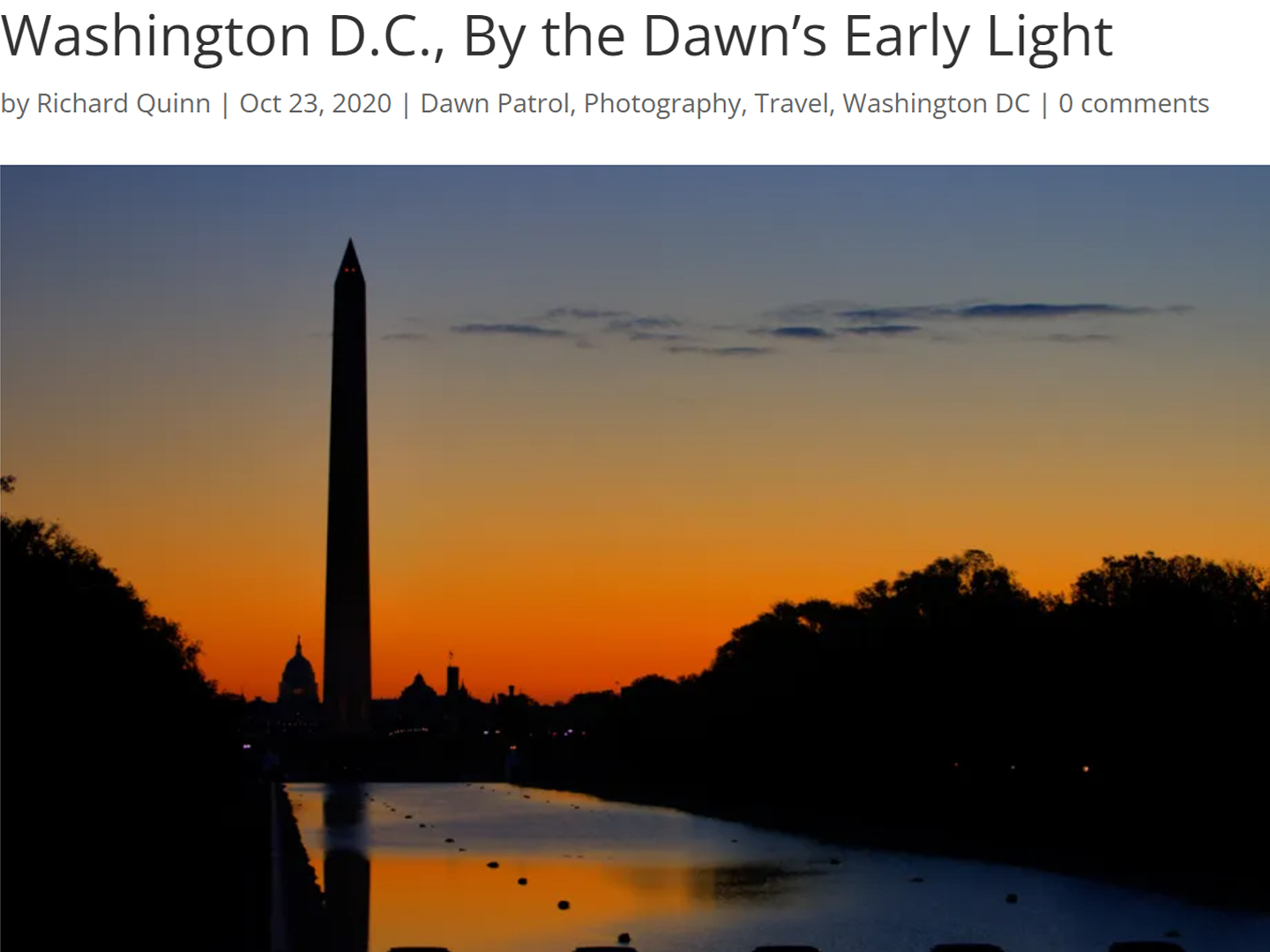
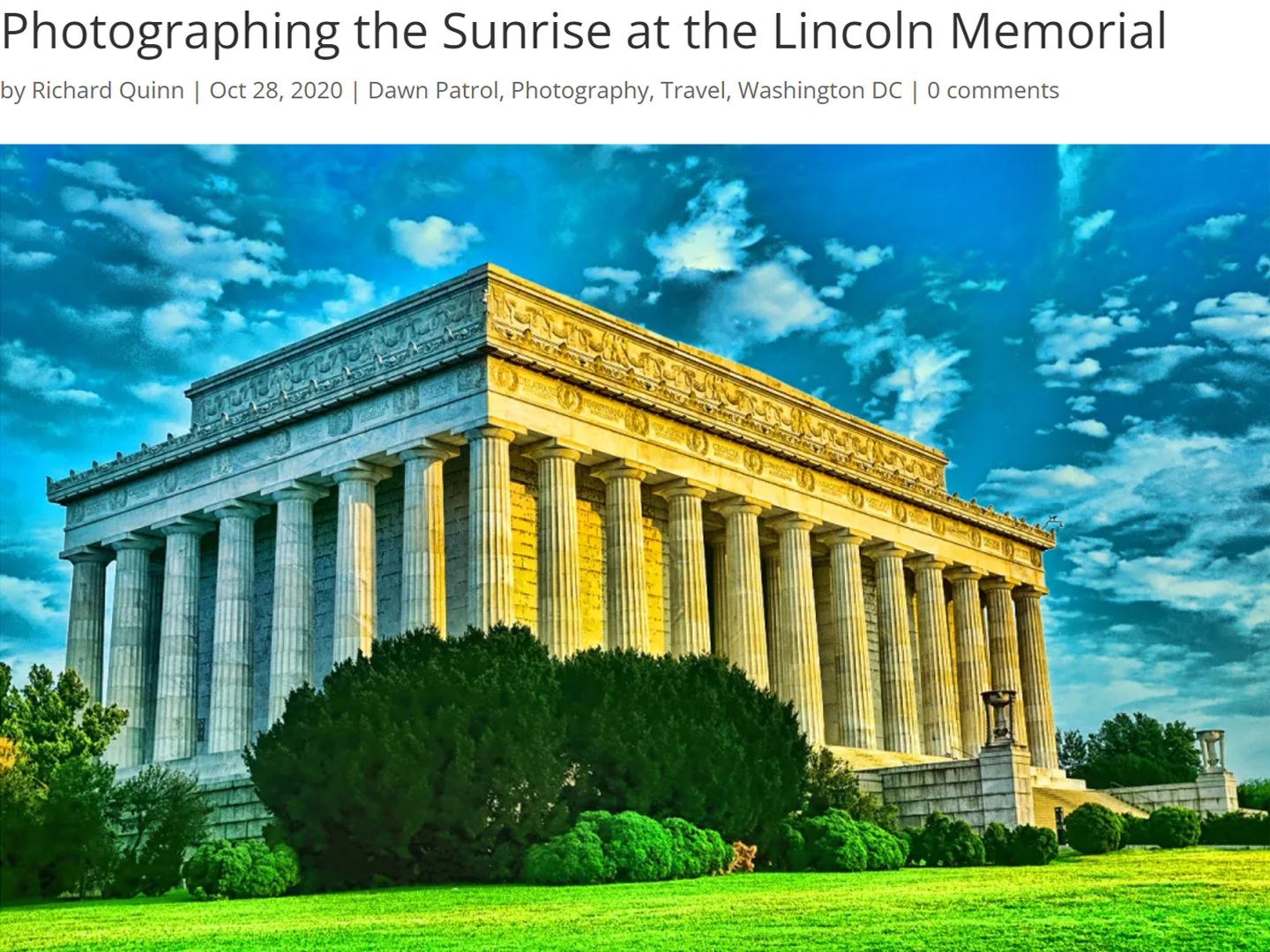
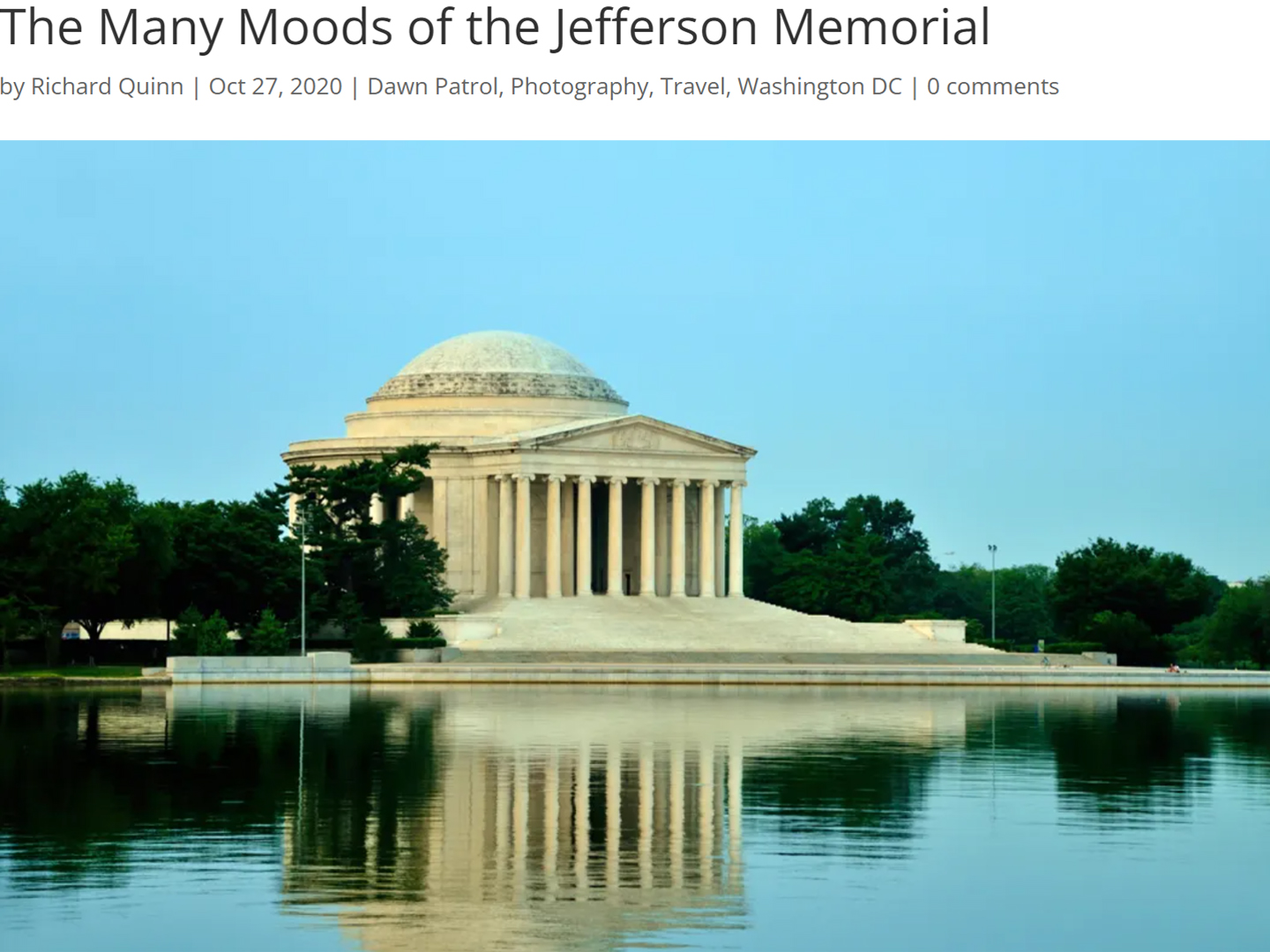
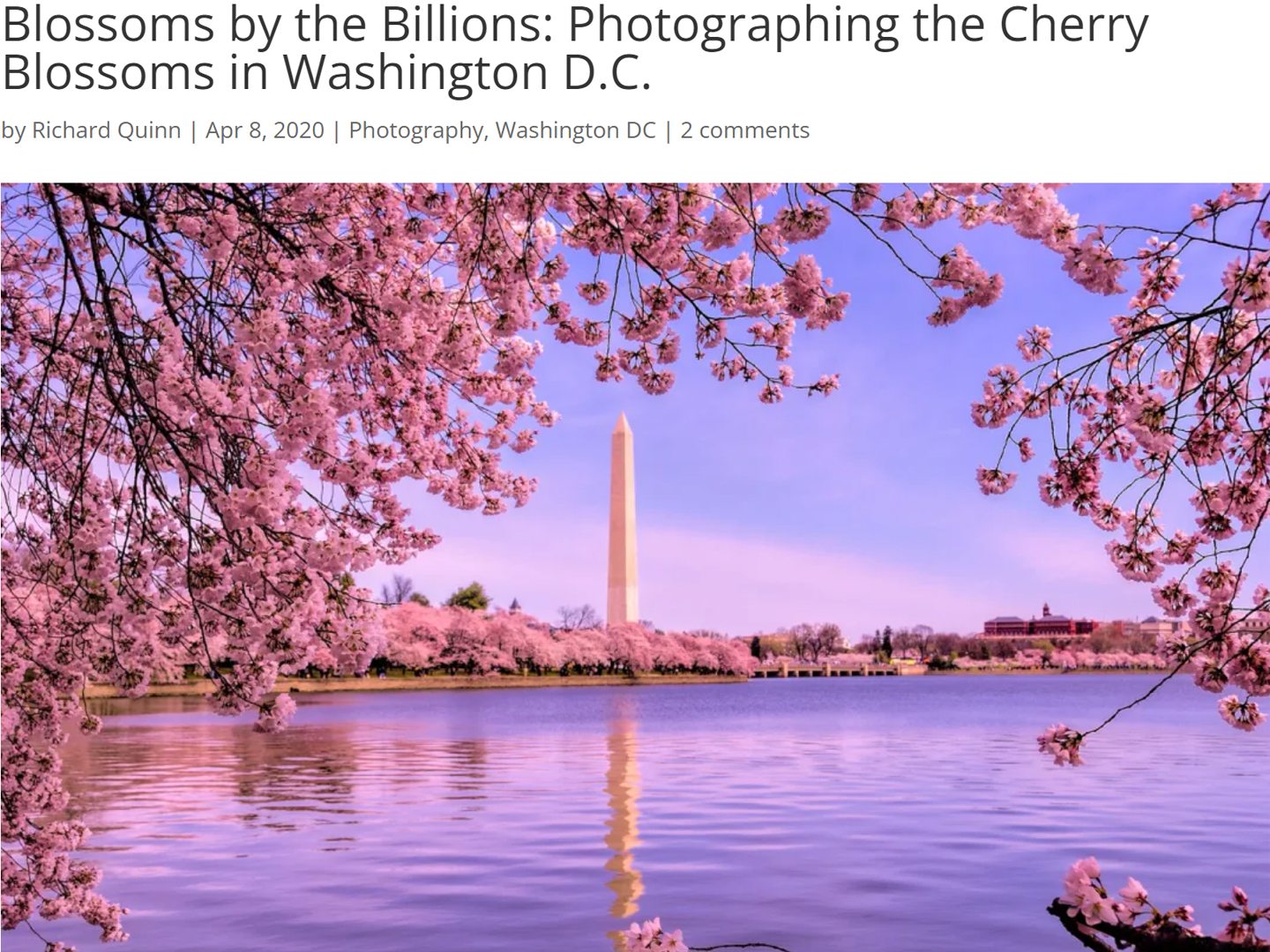


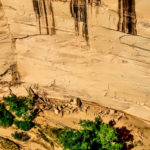
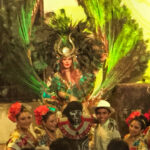
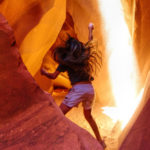
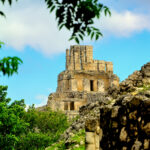
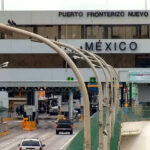

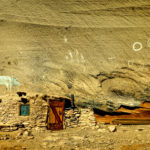
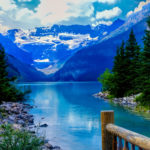
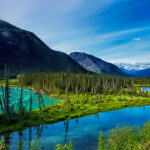
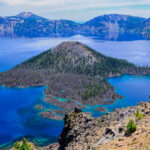
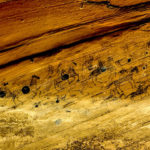
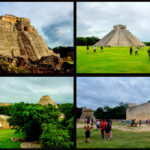
Recent Comments